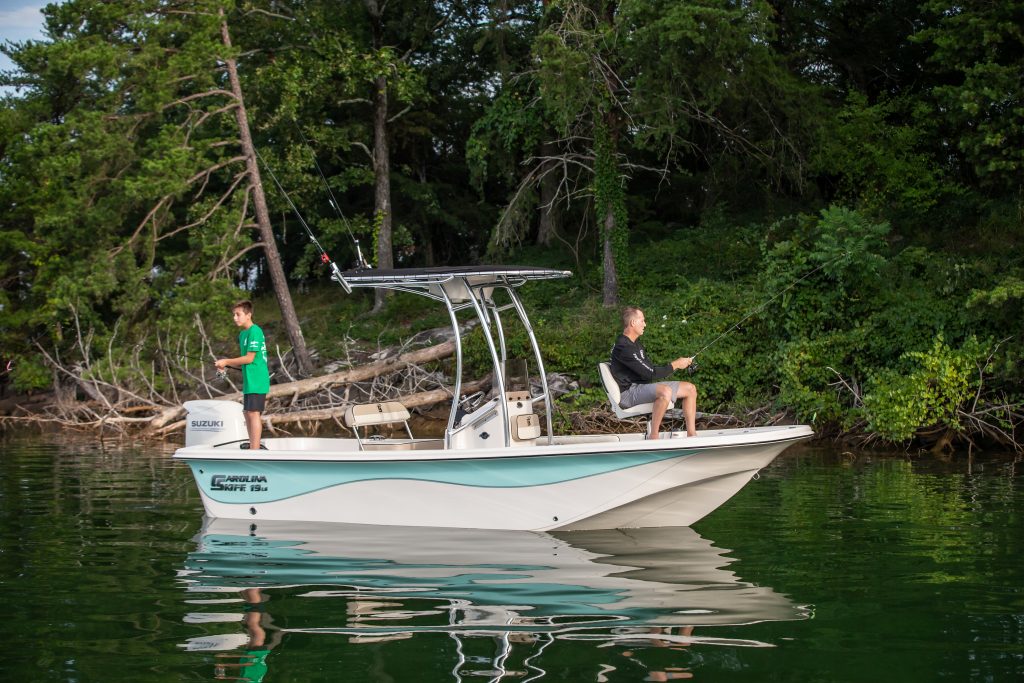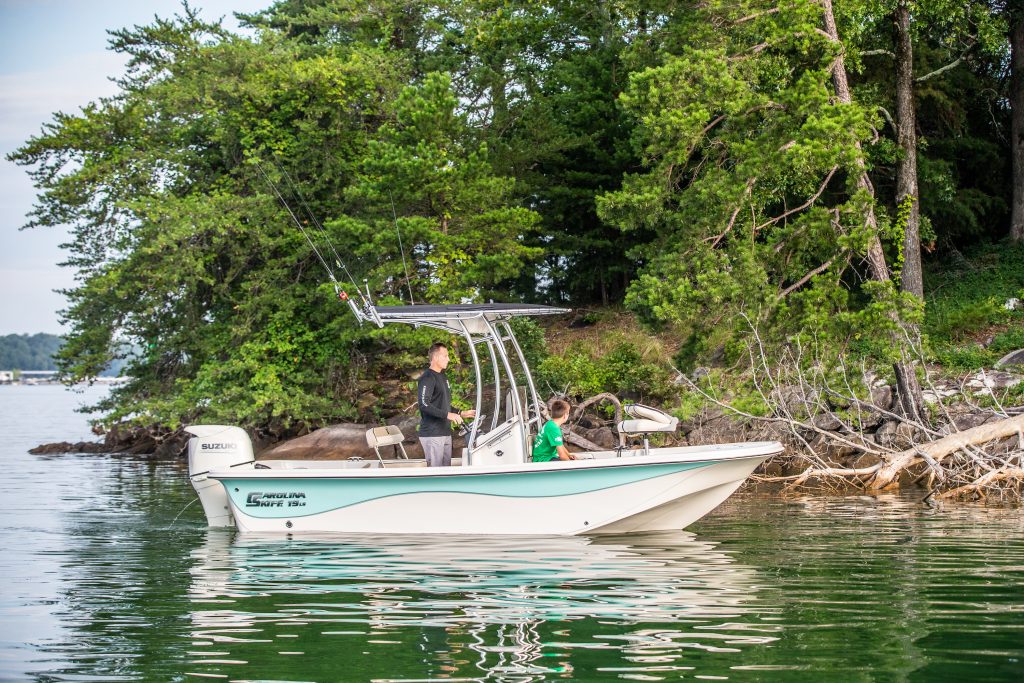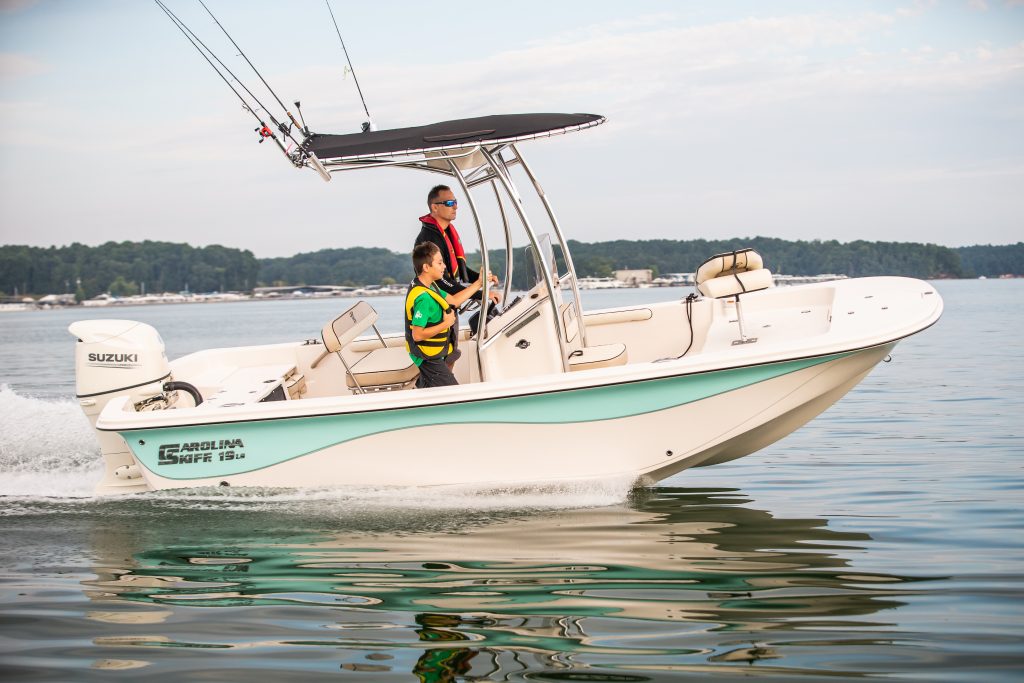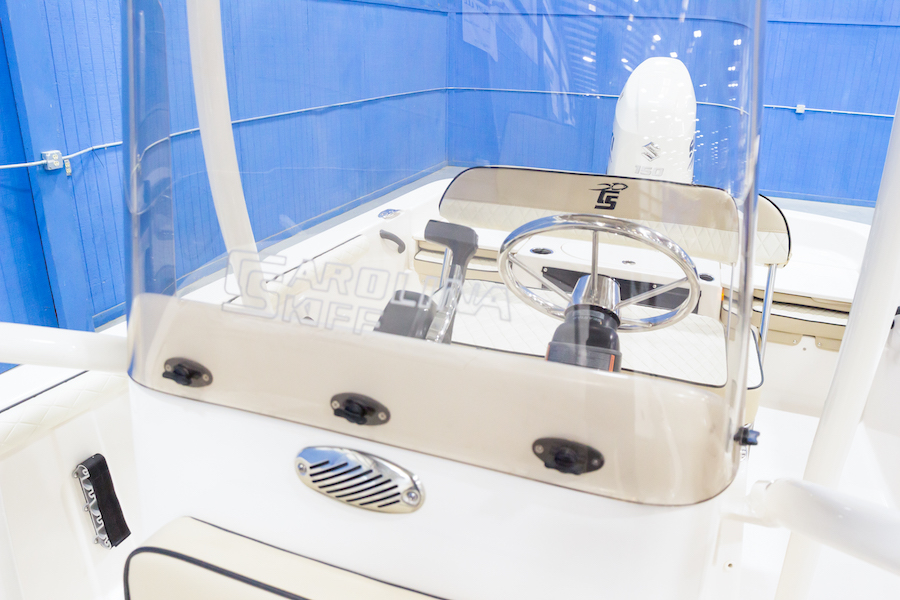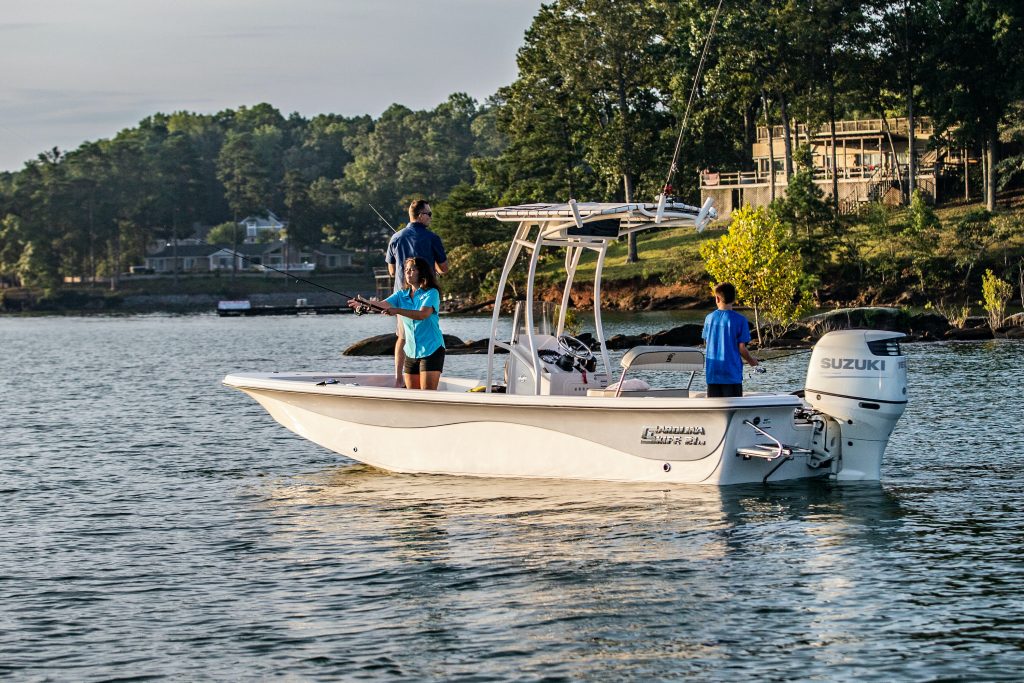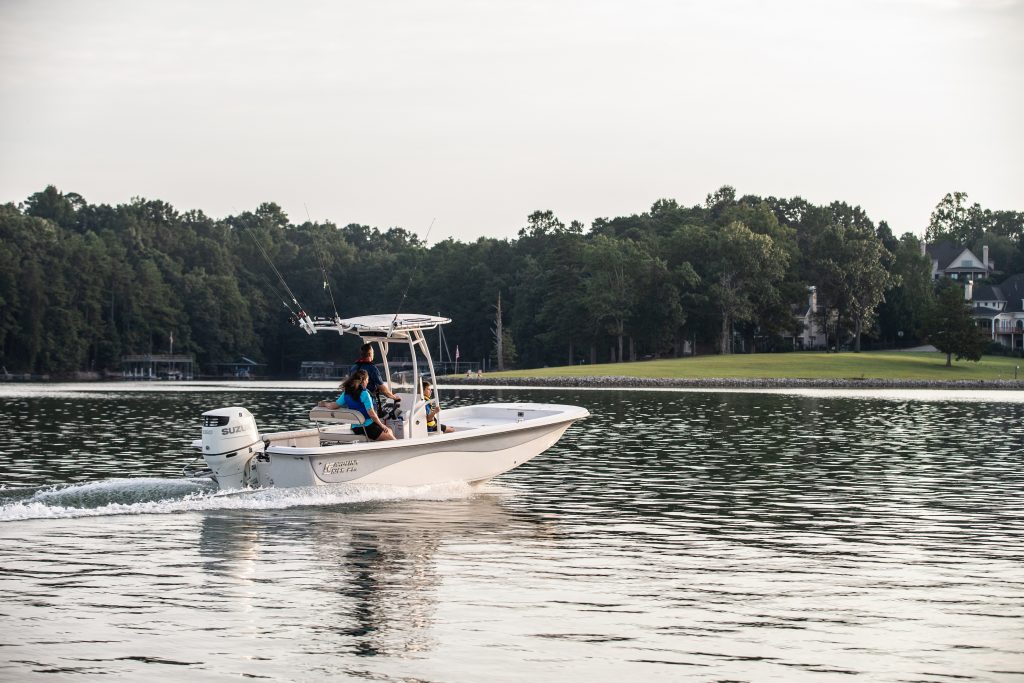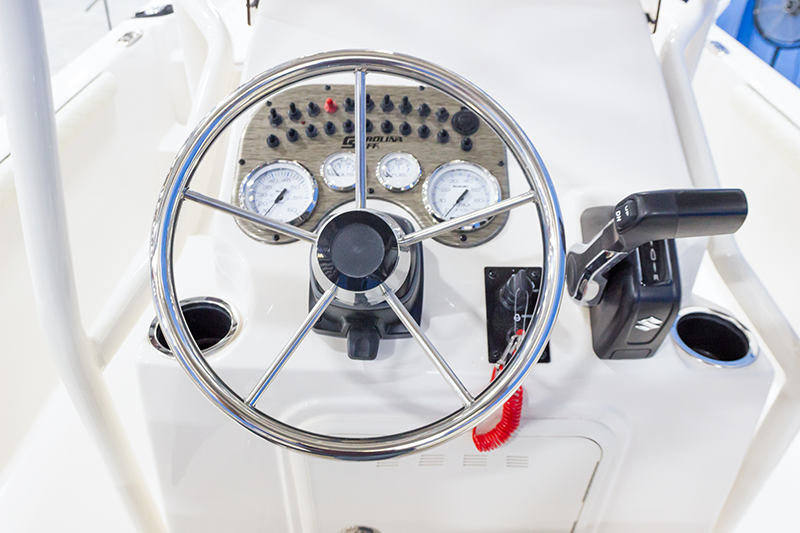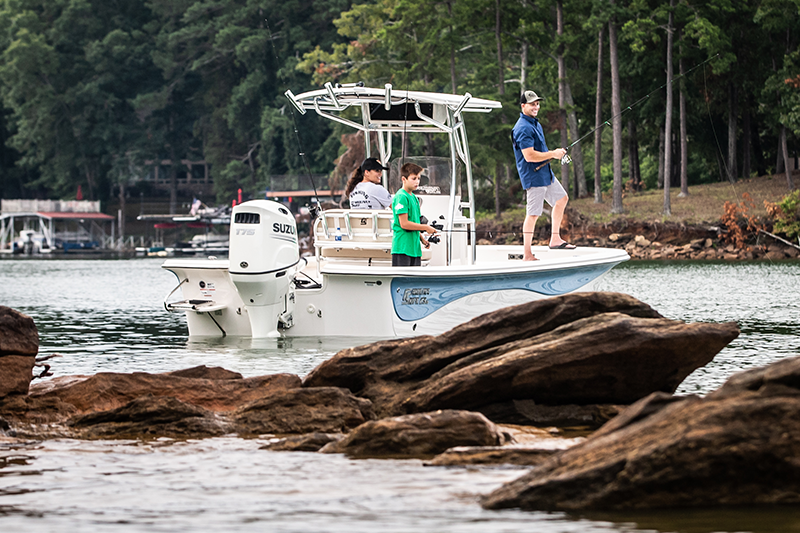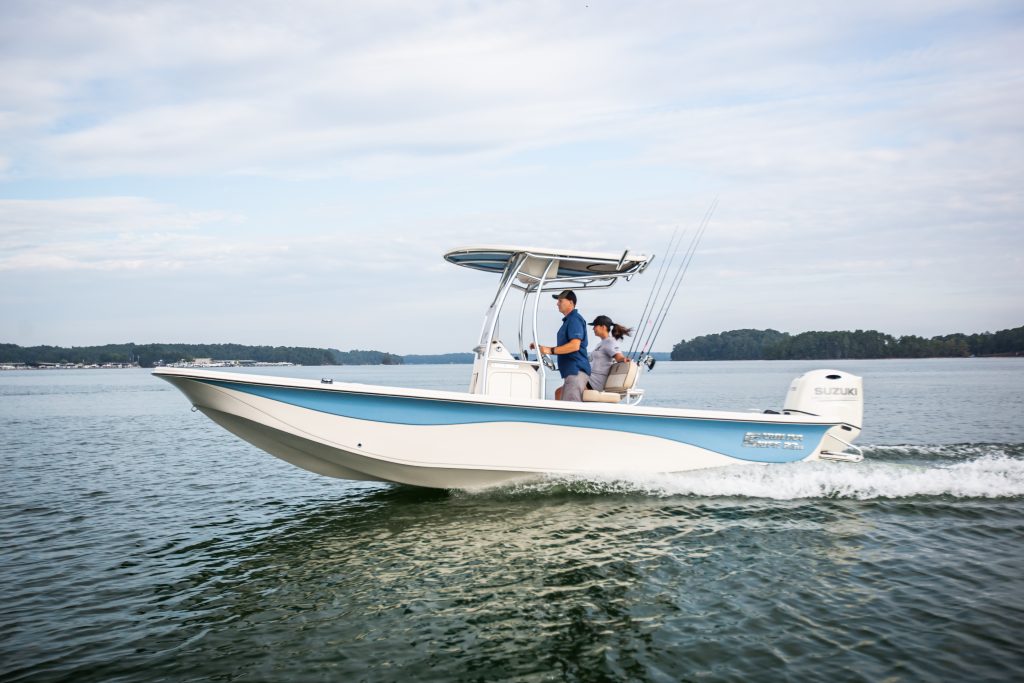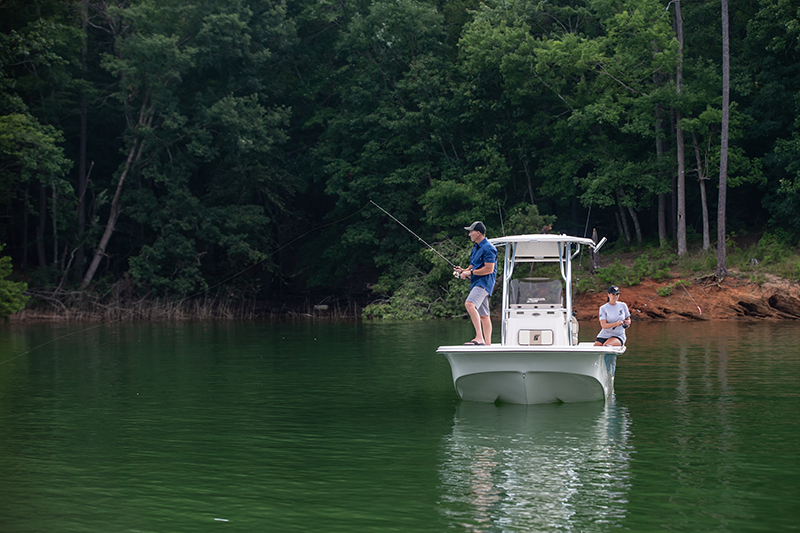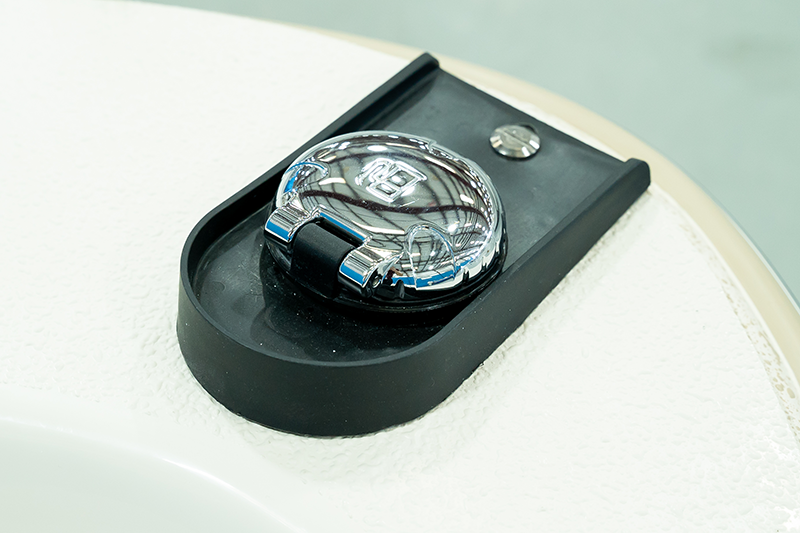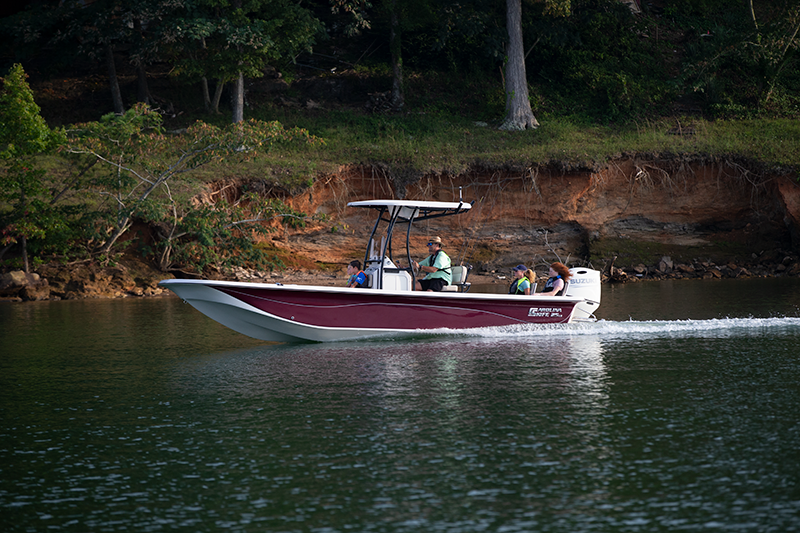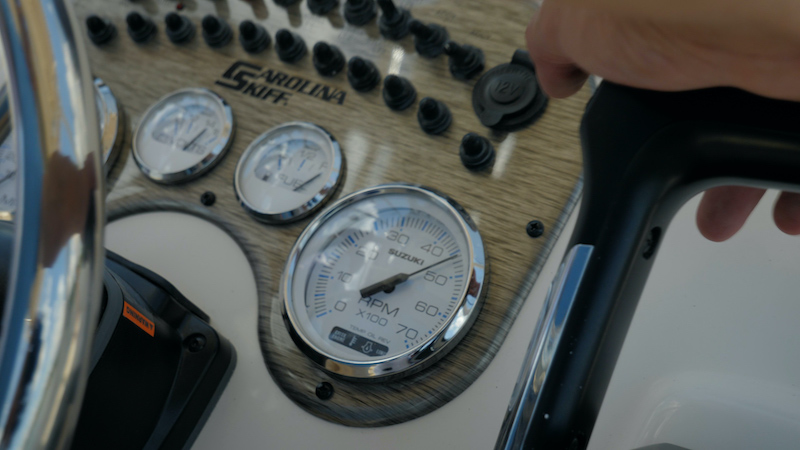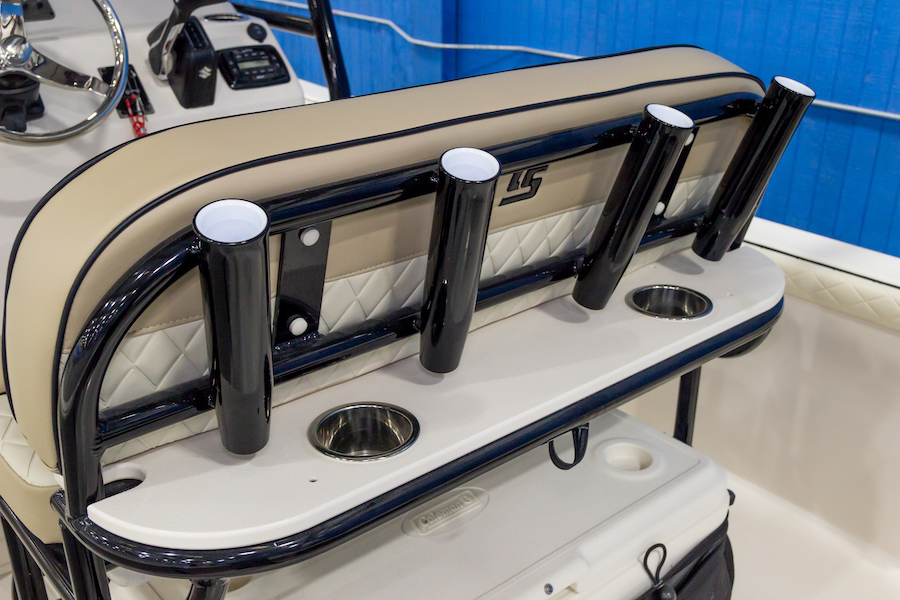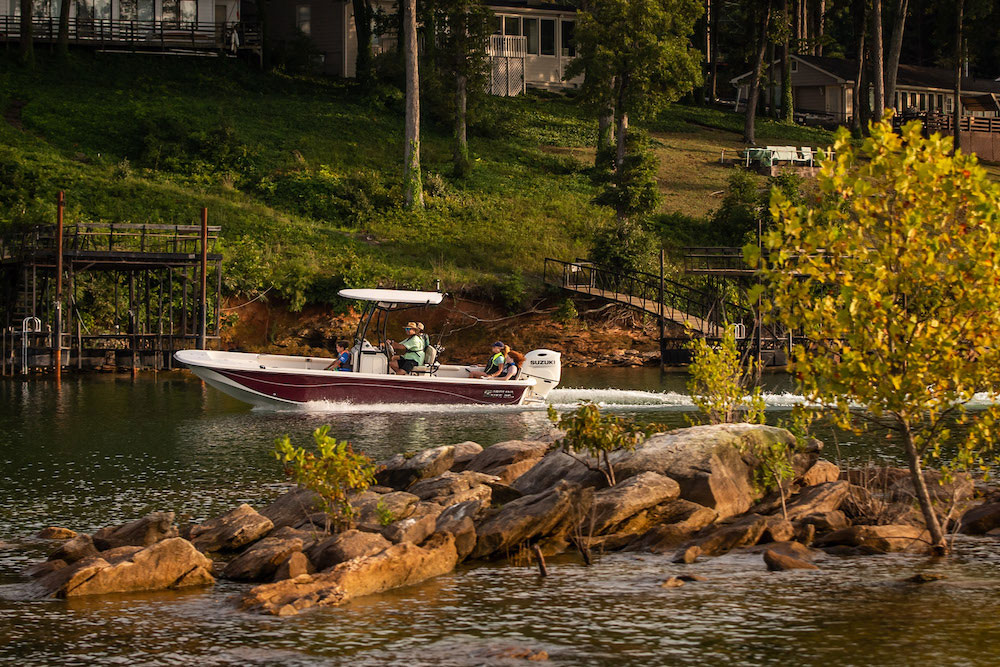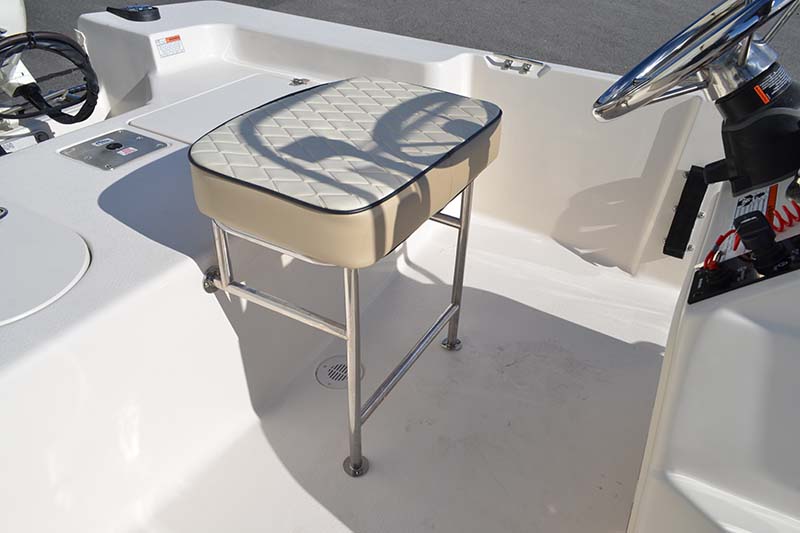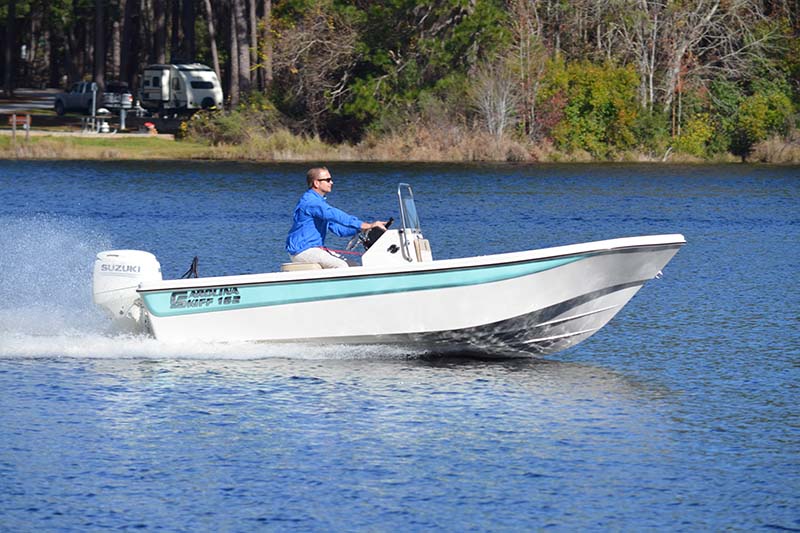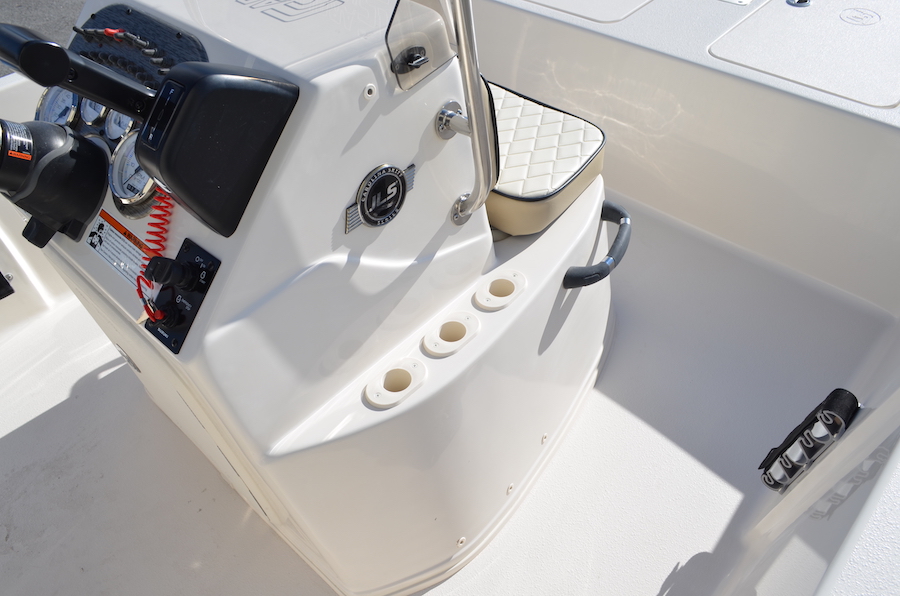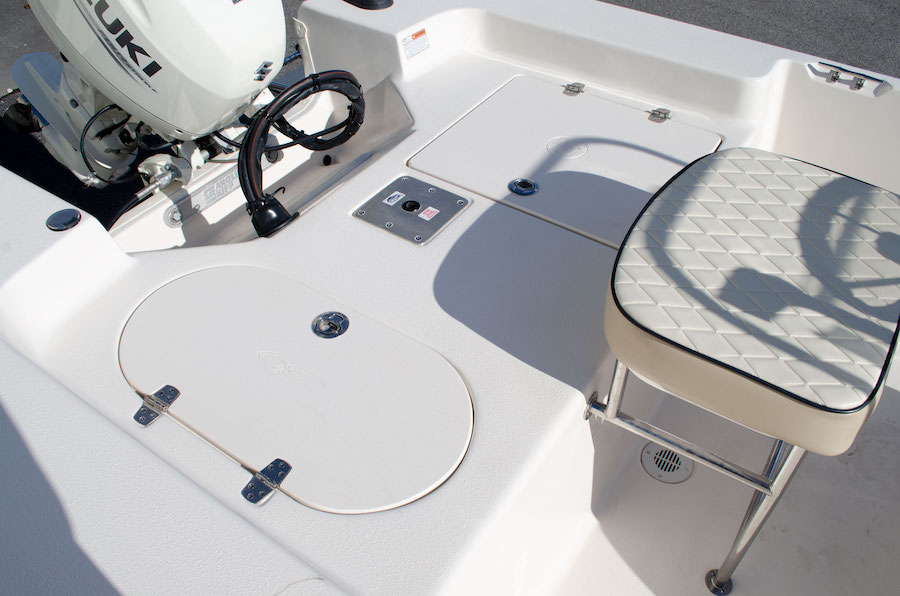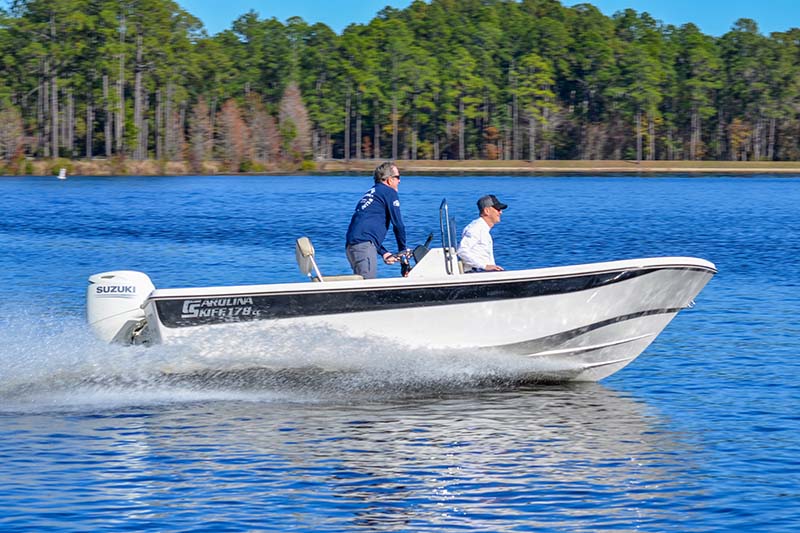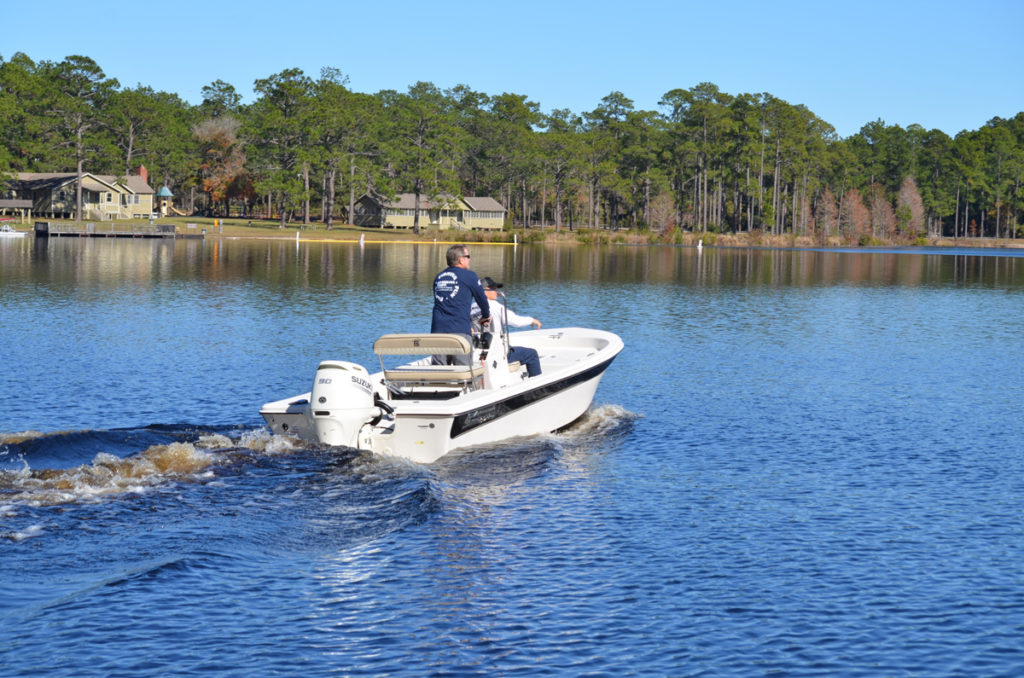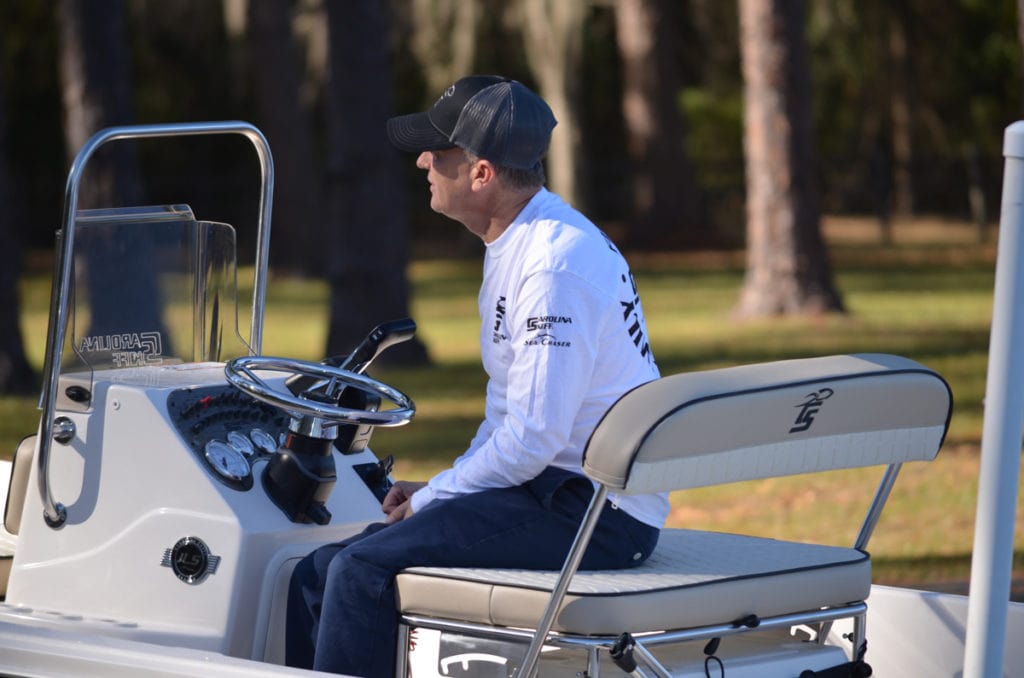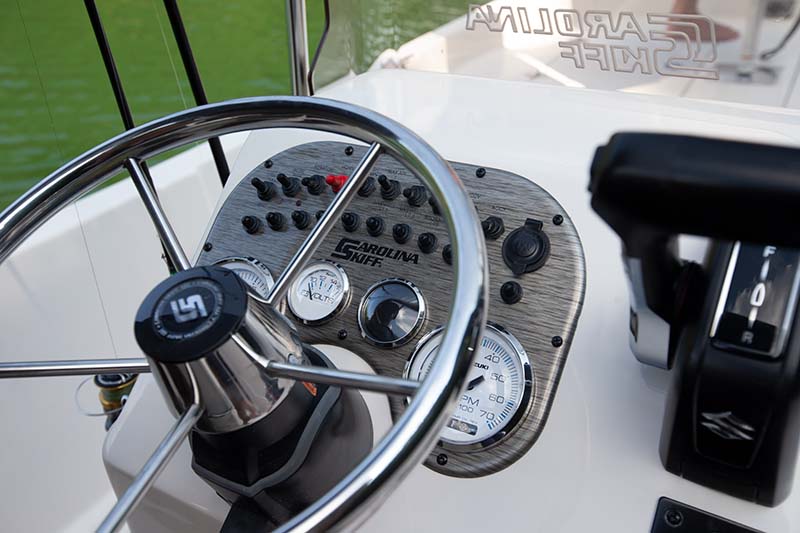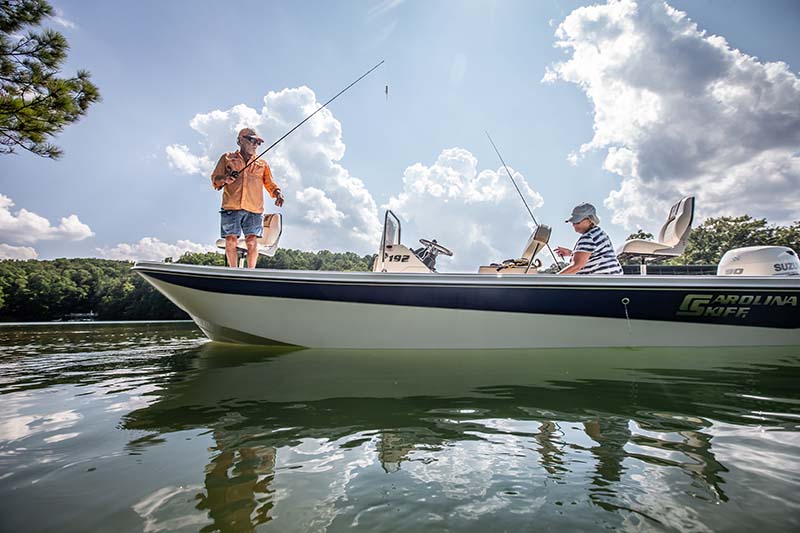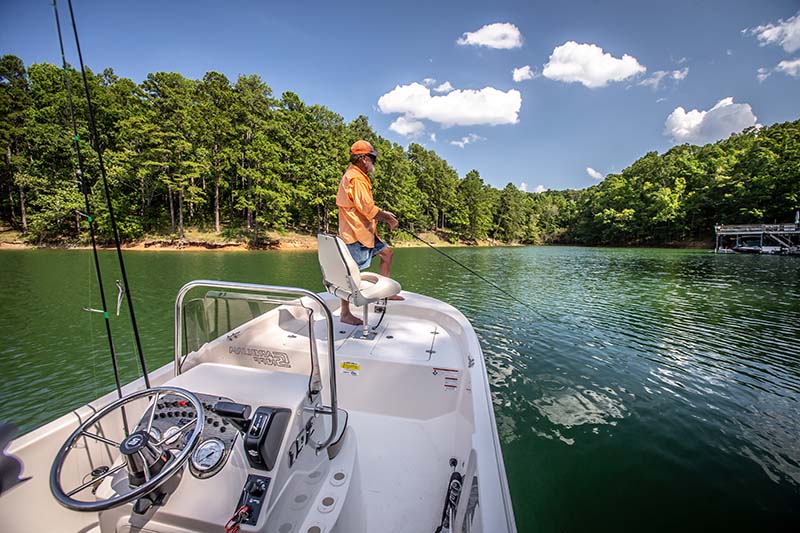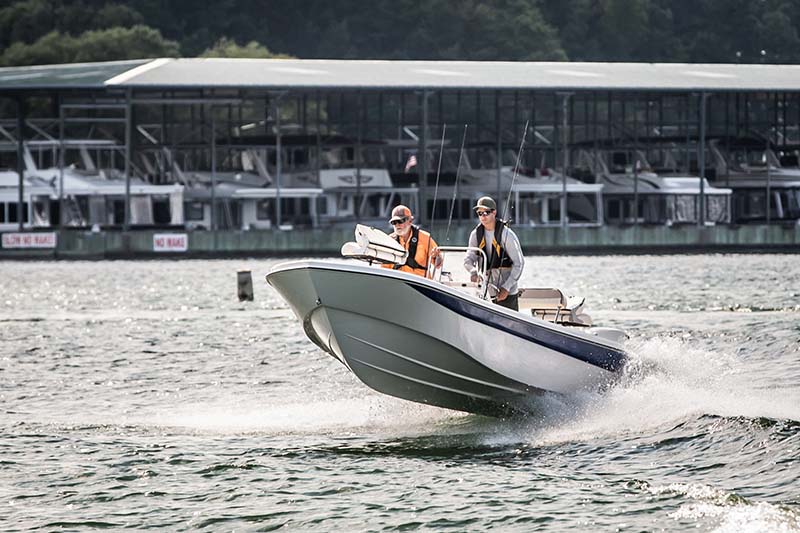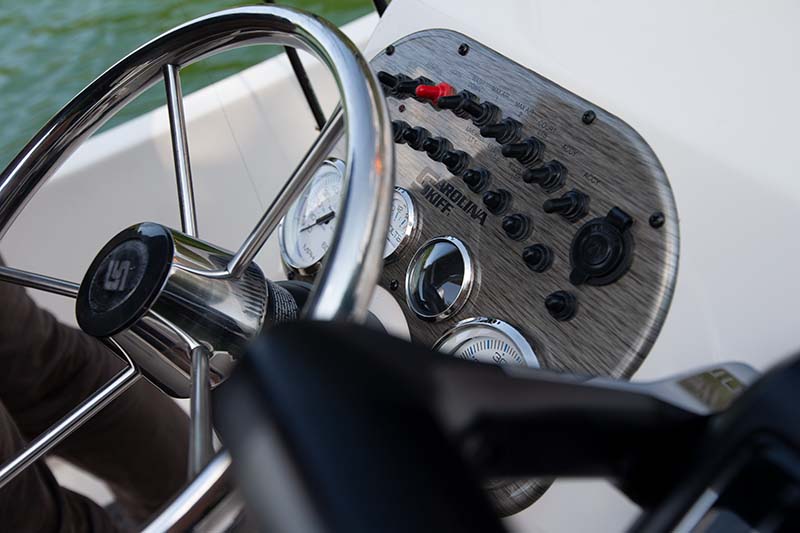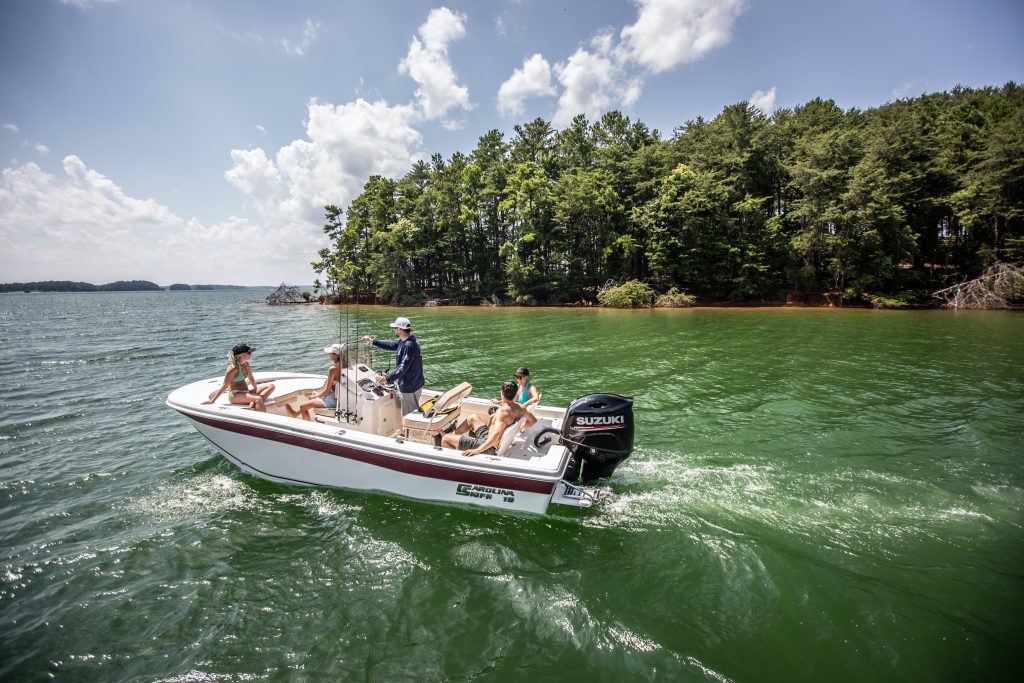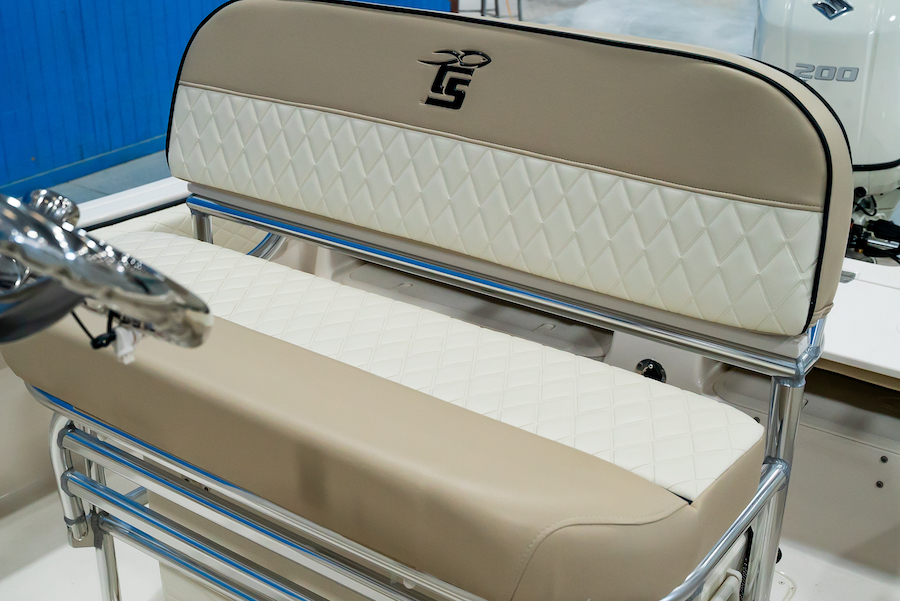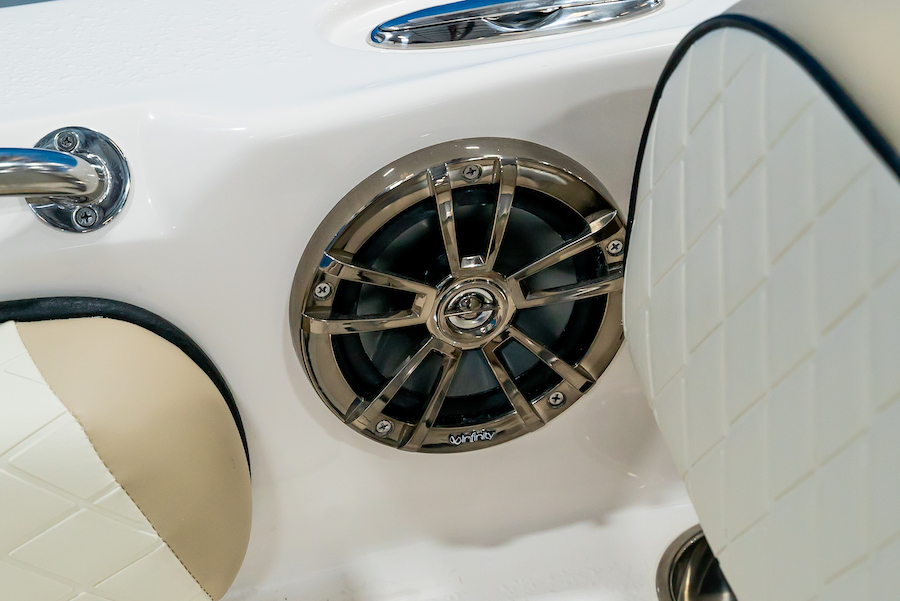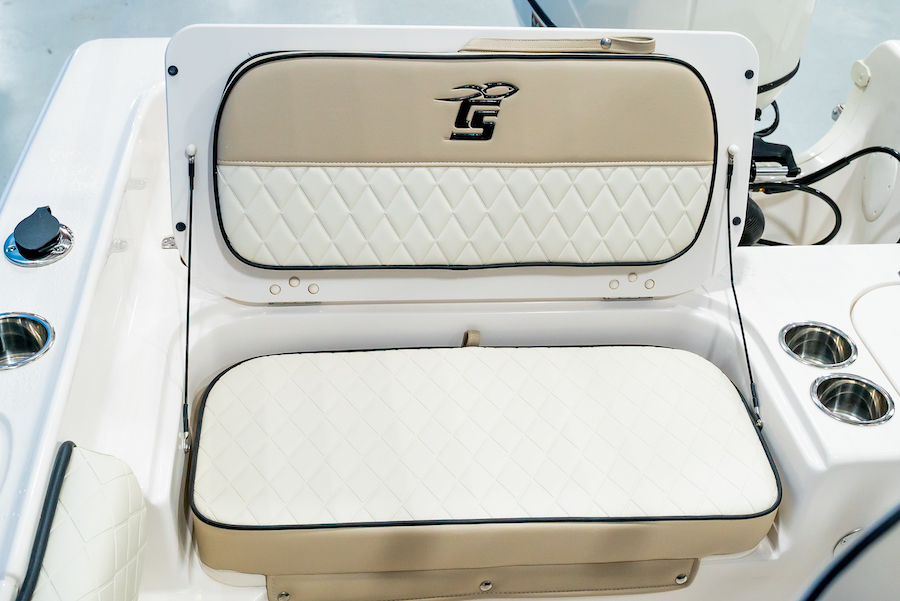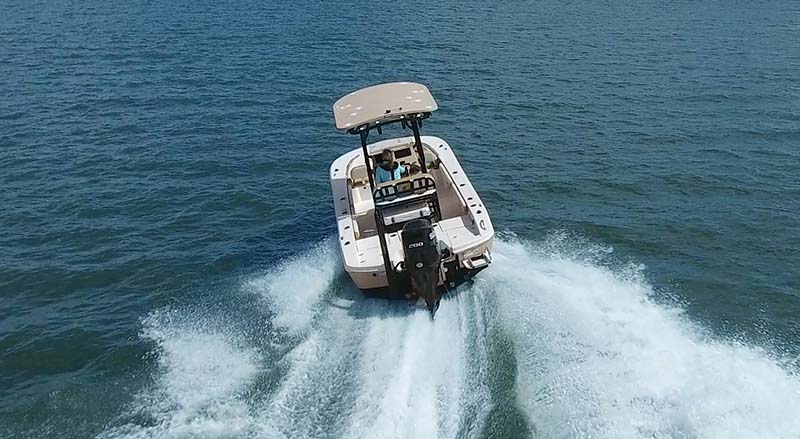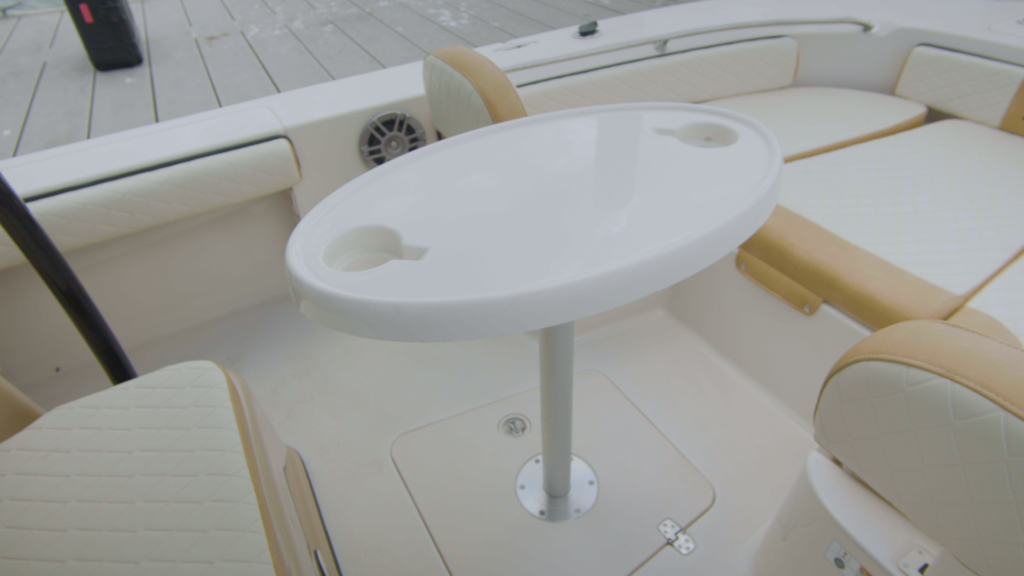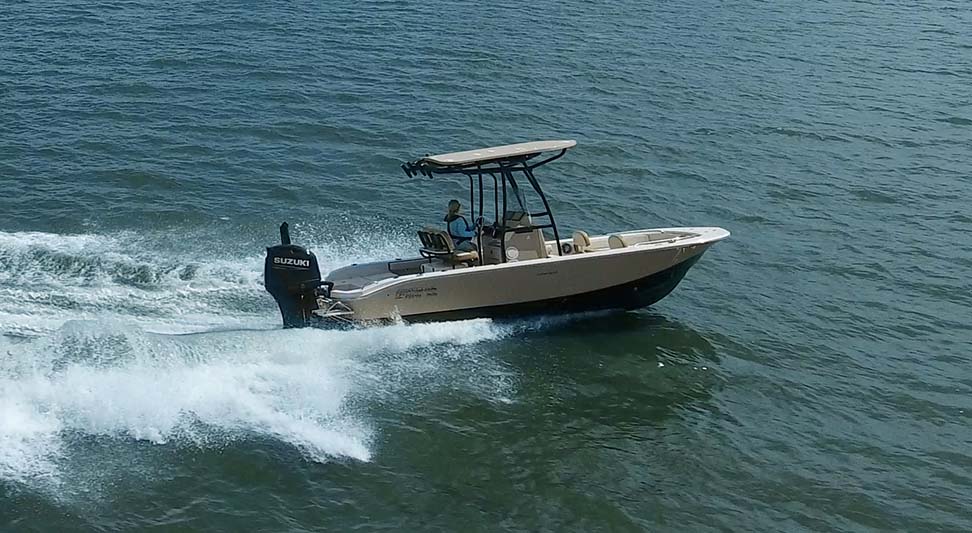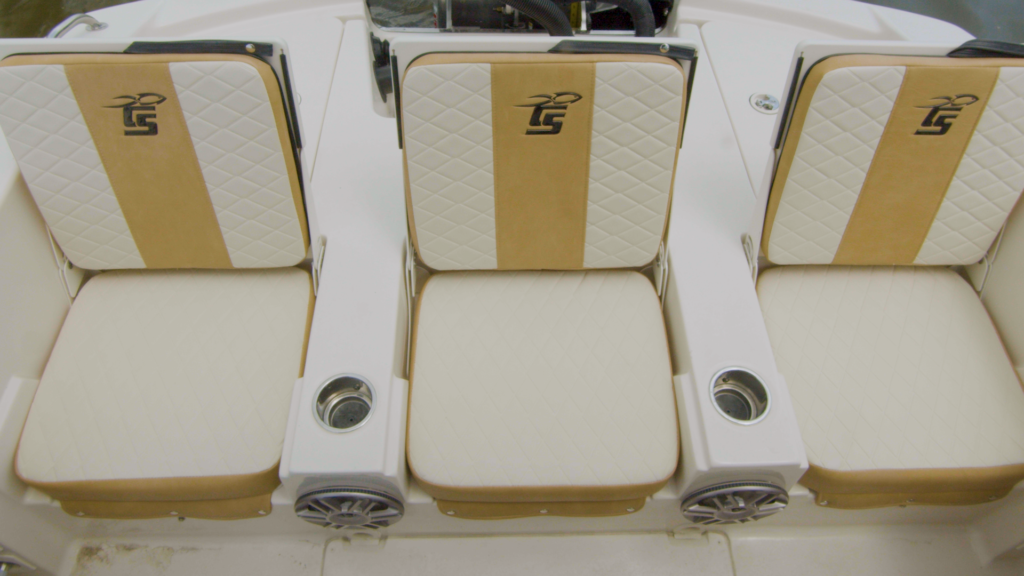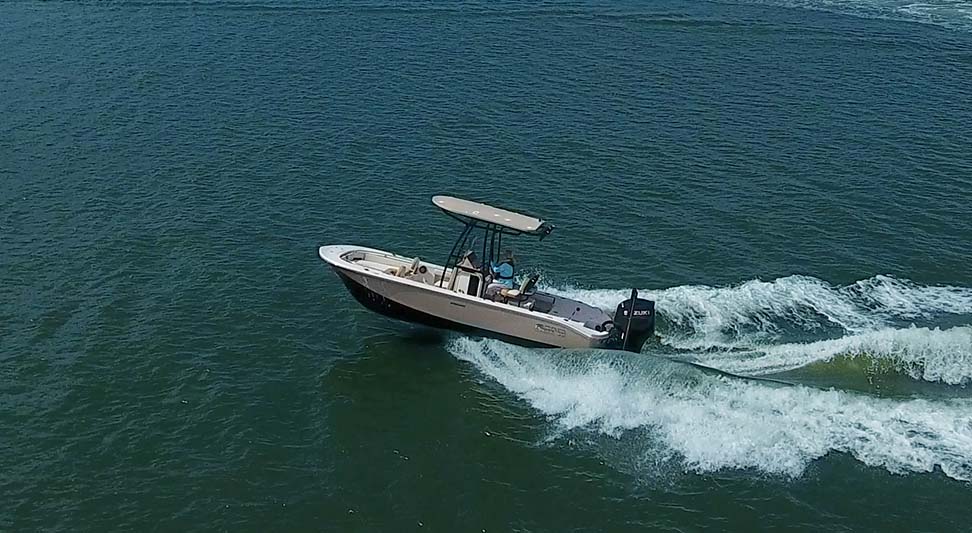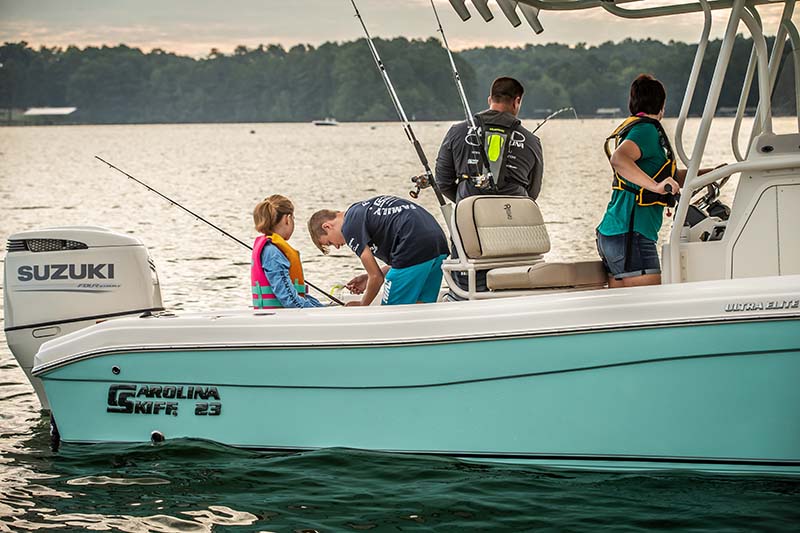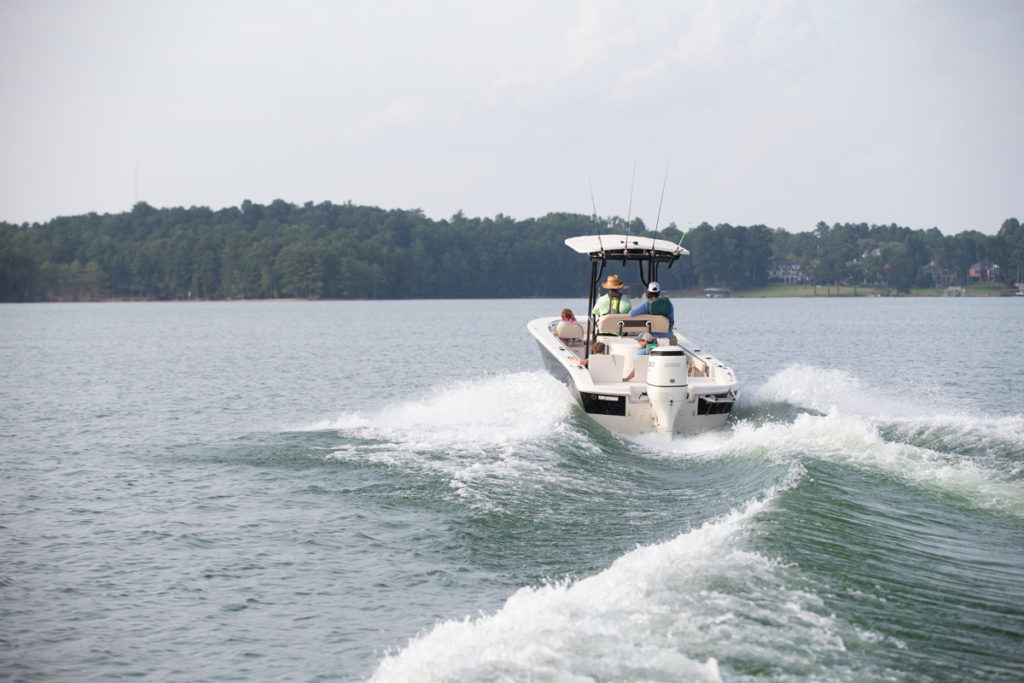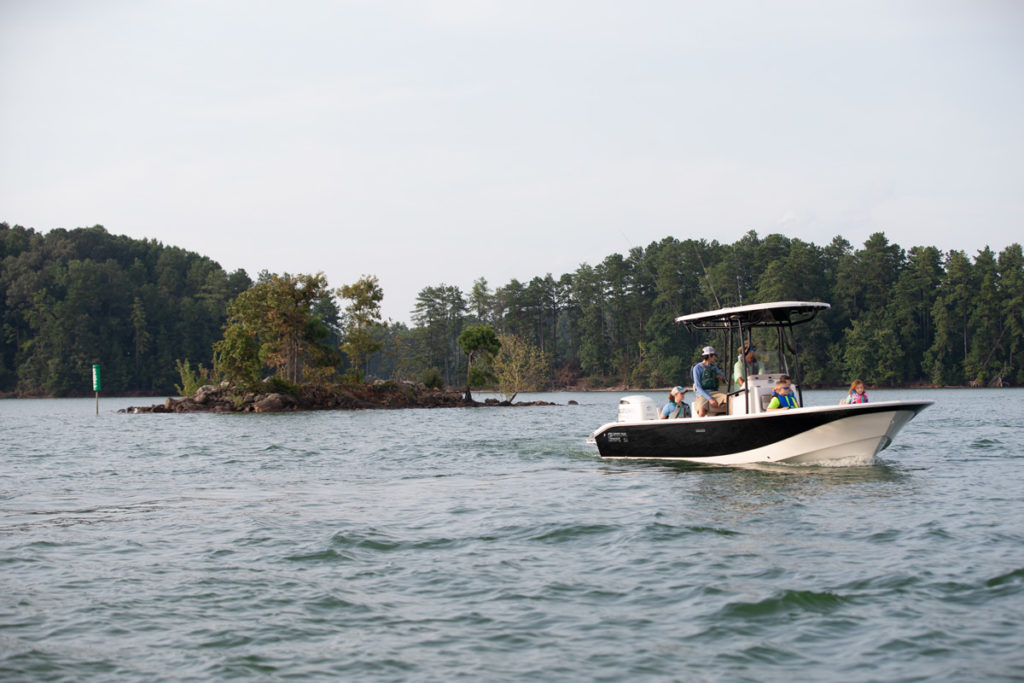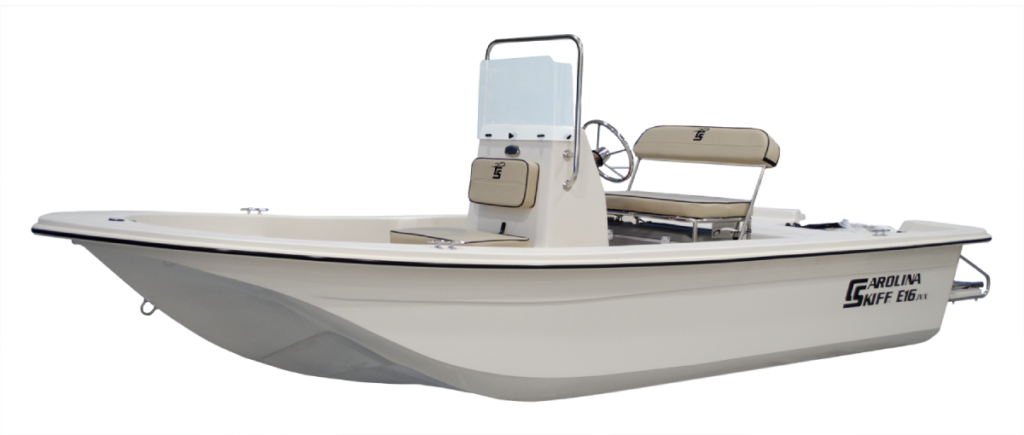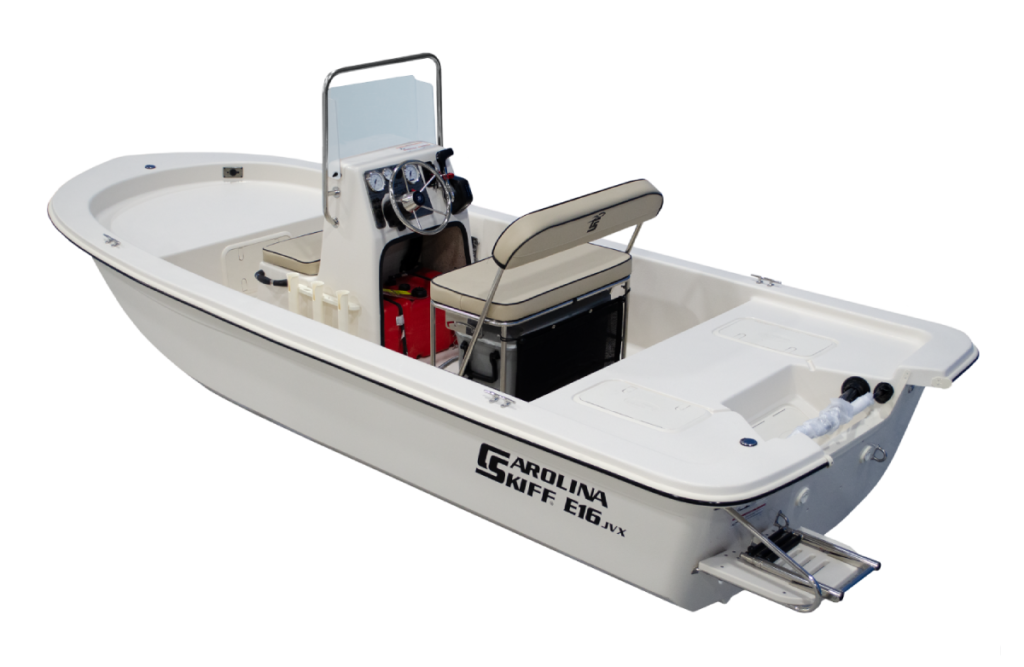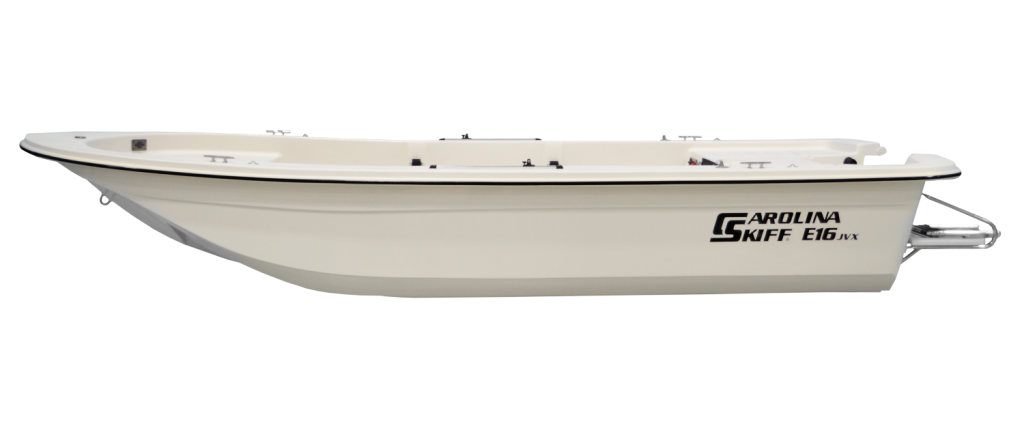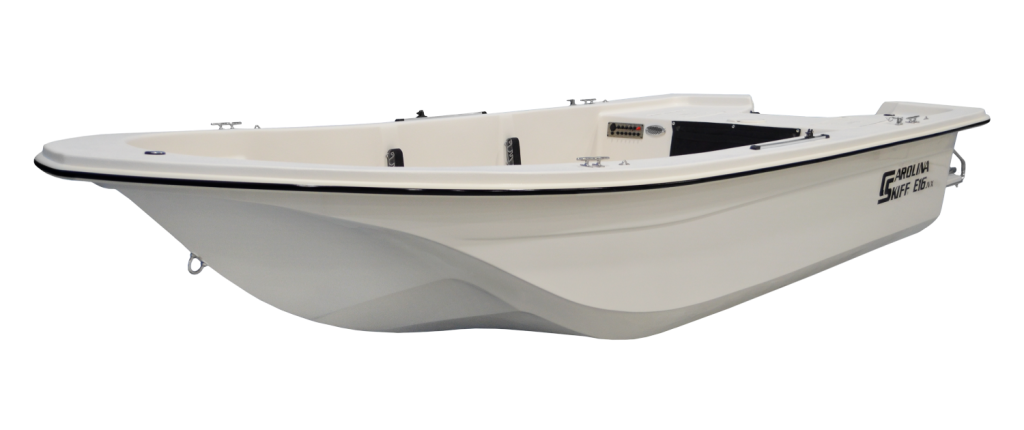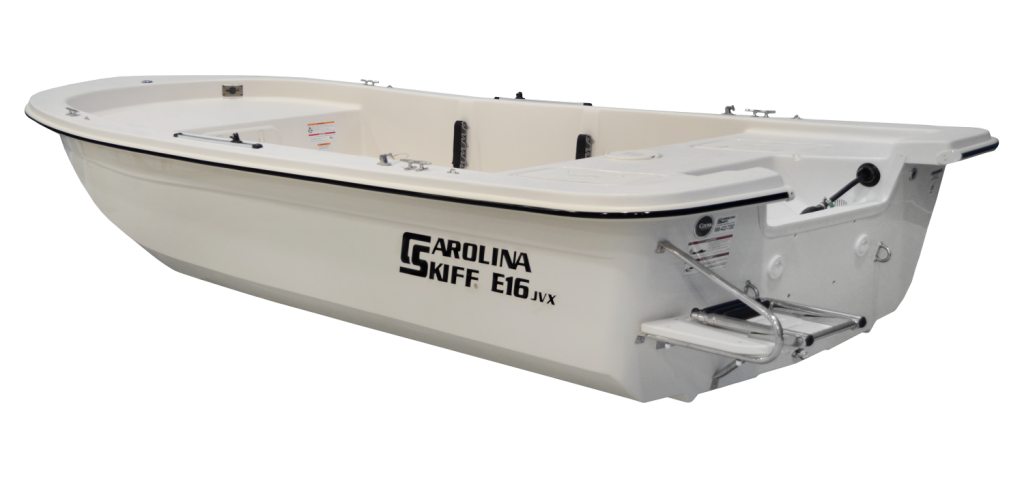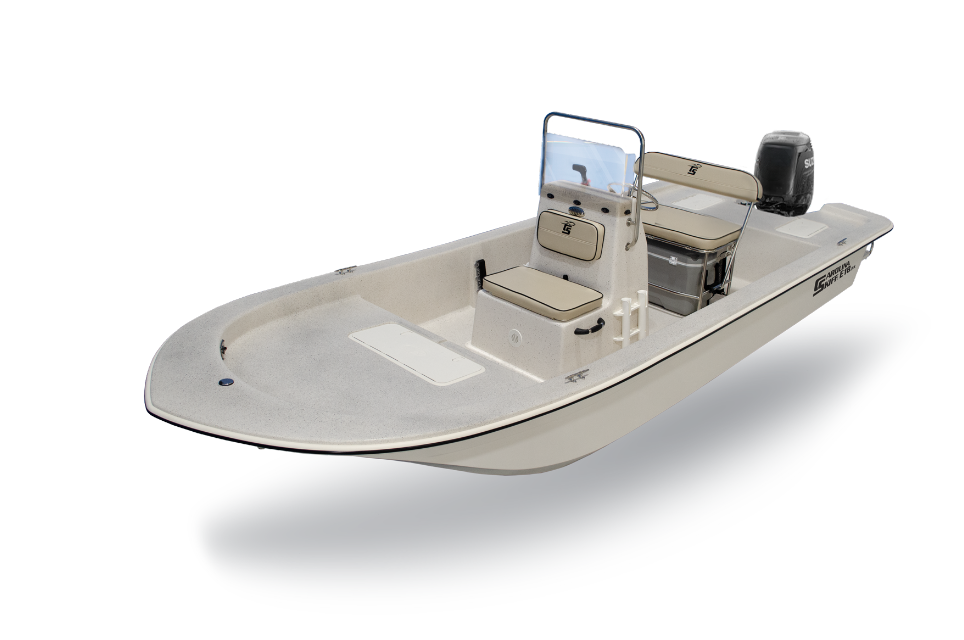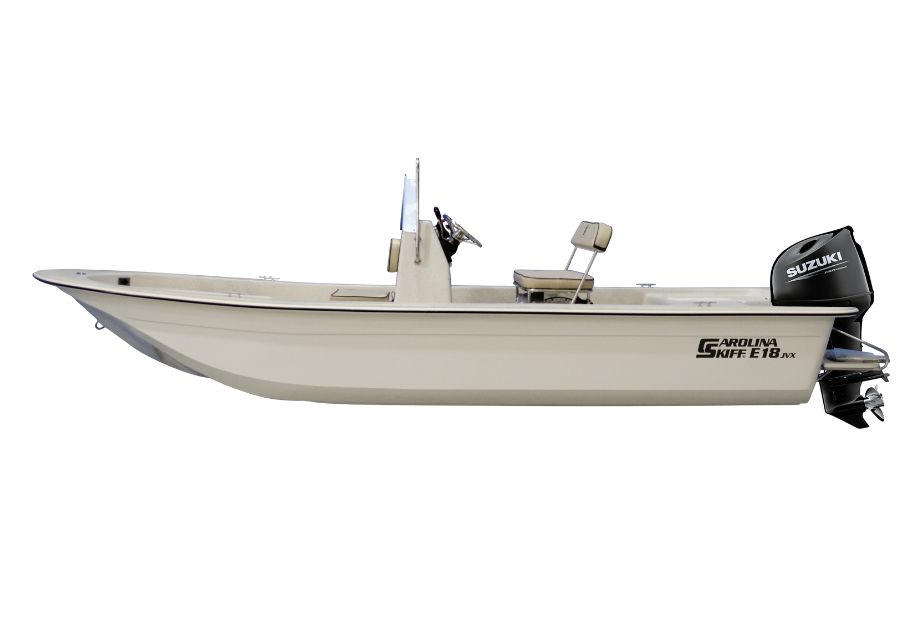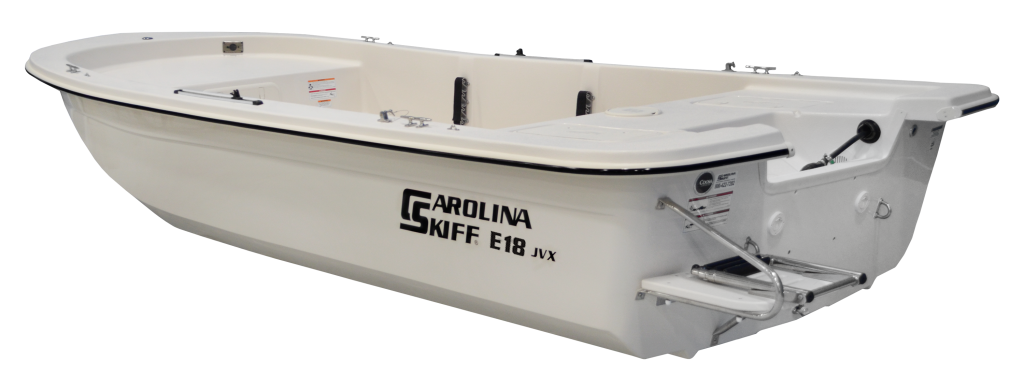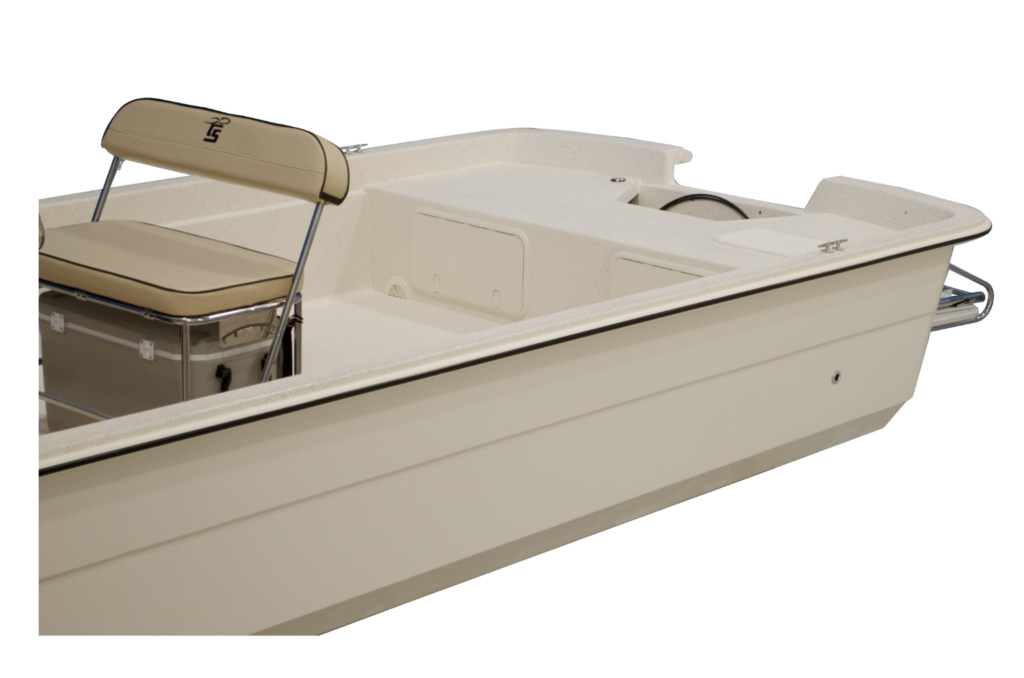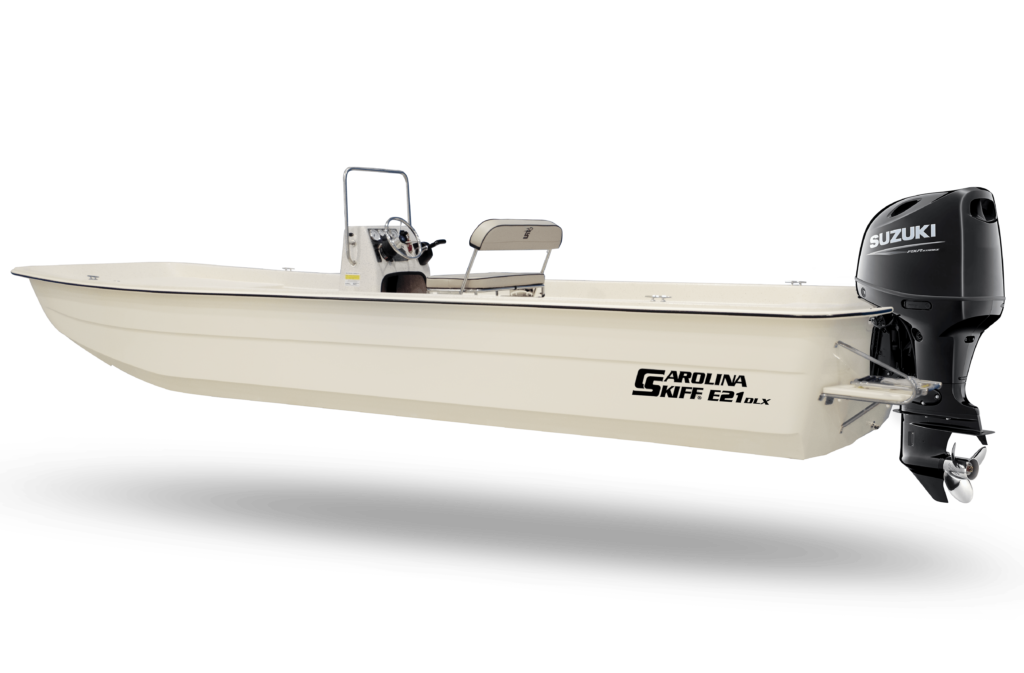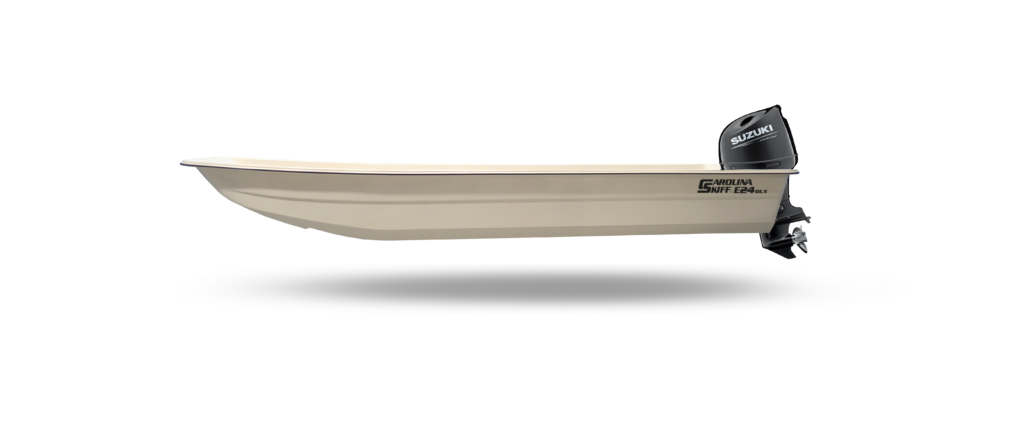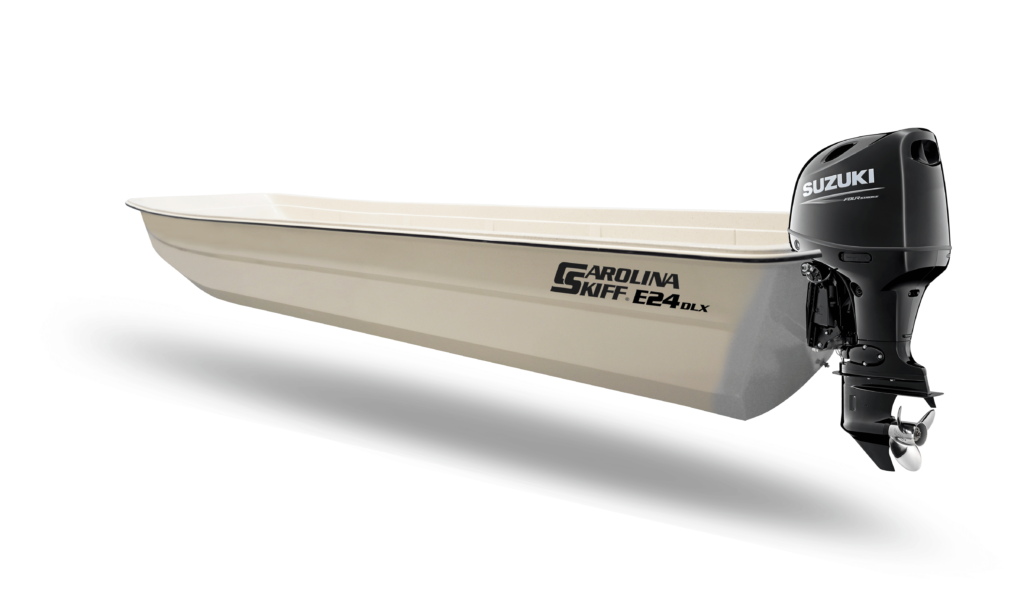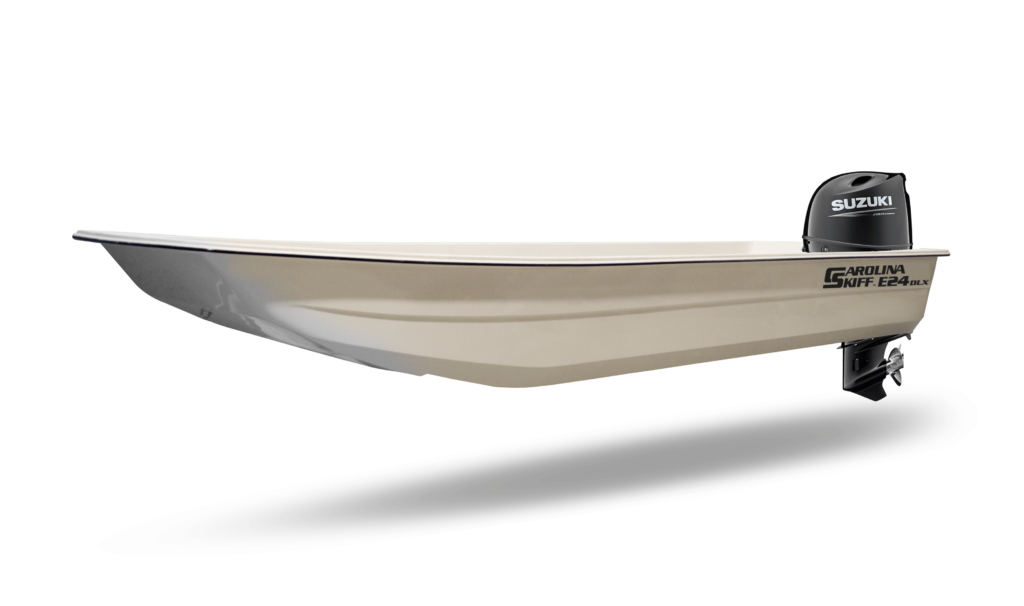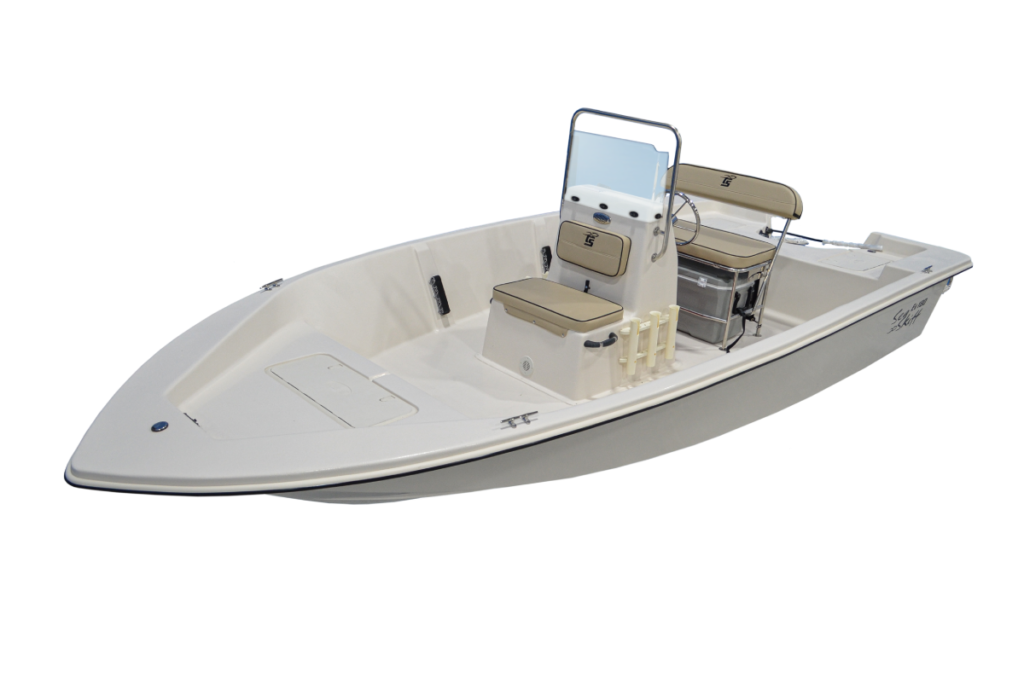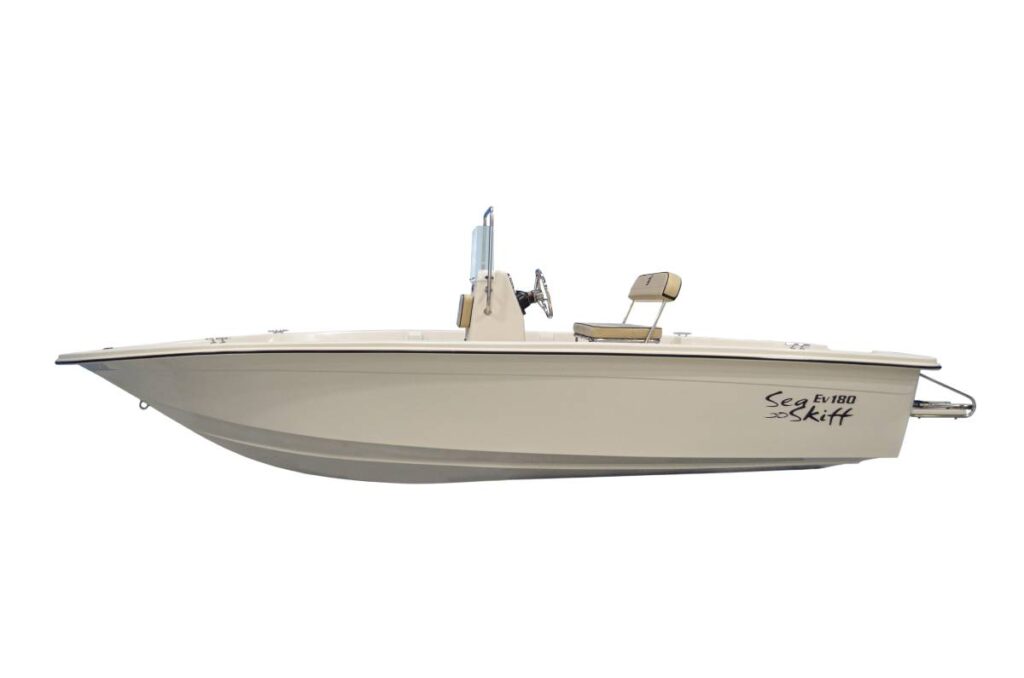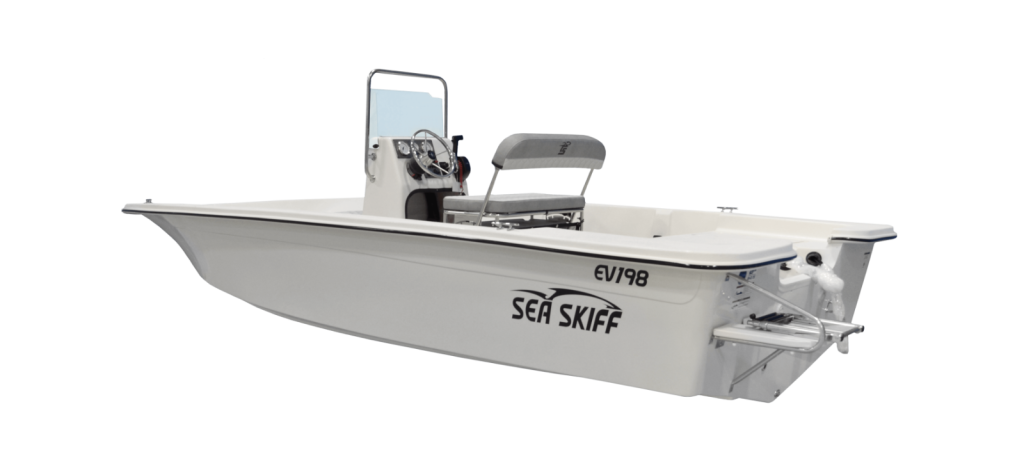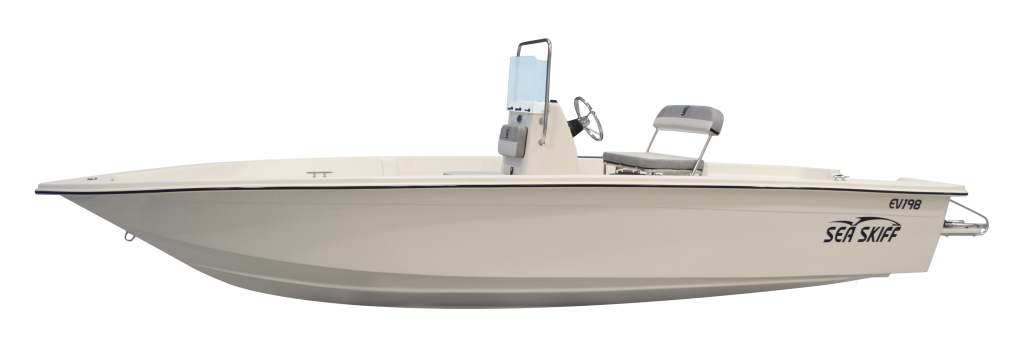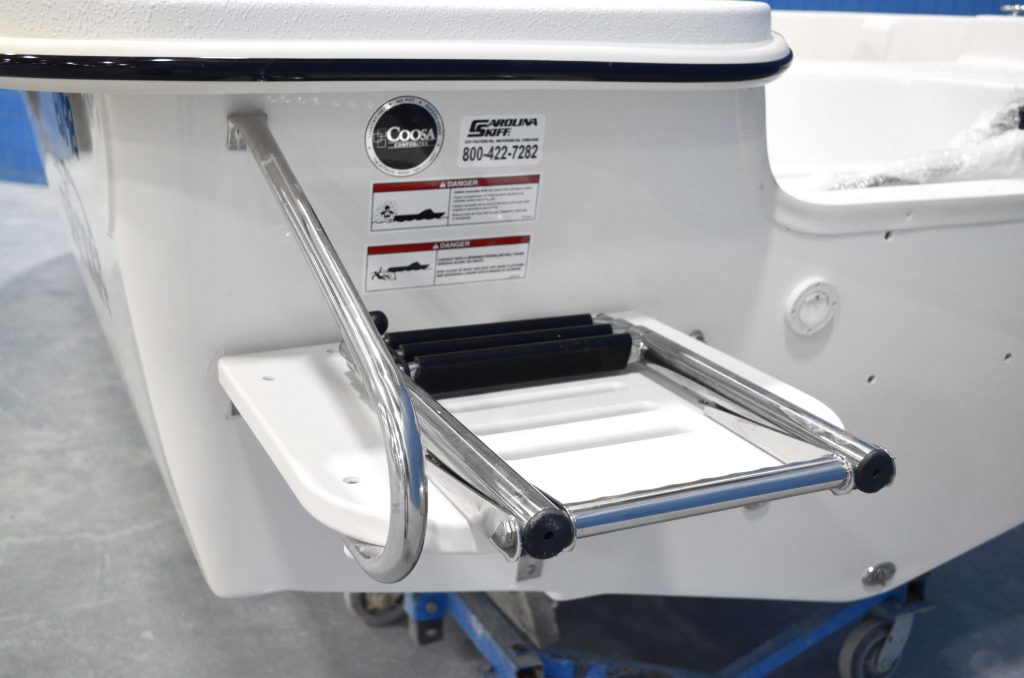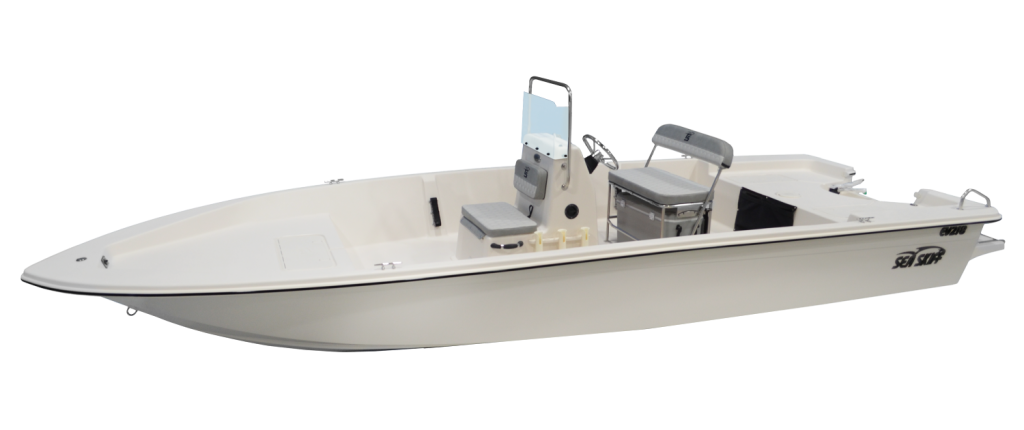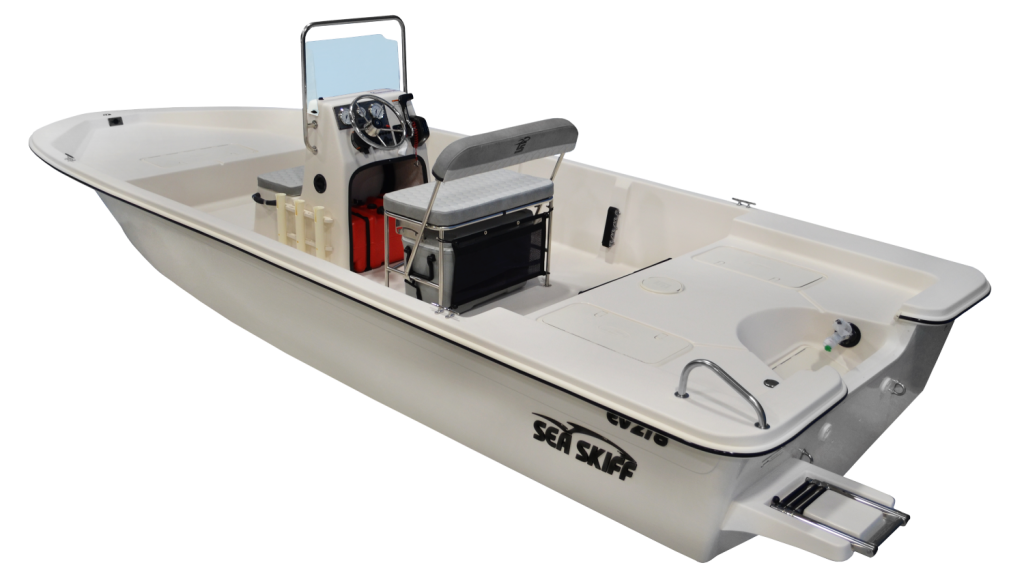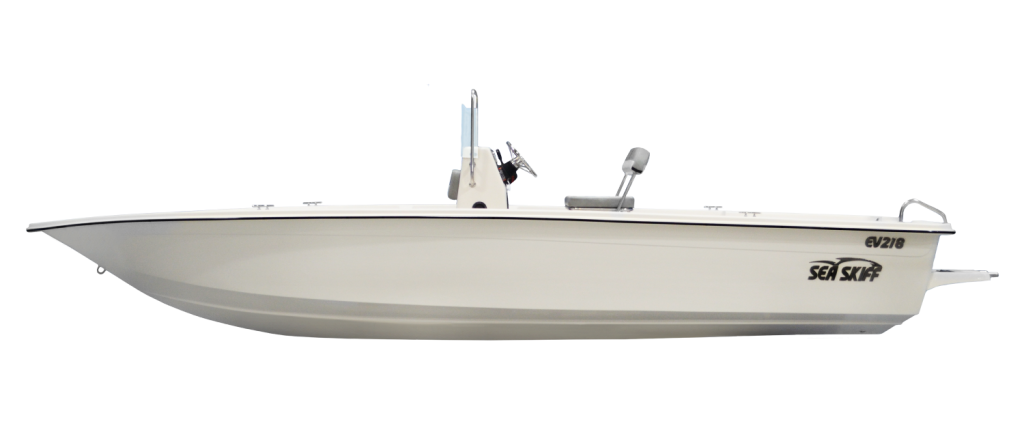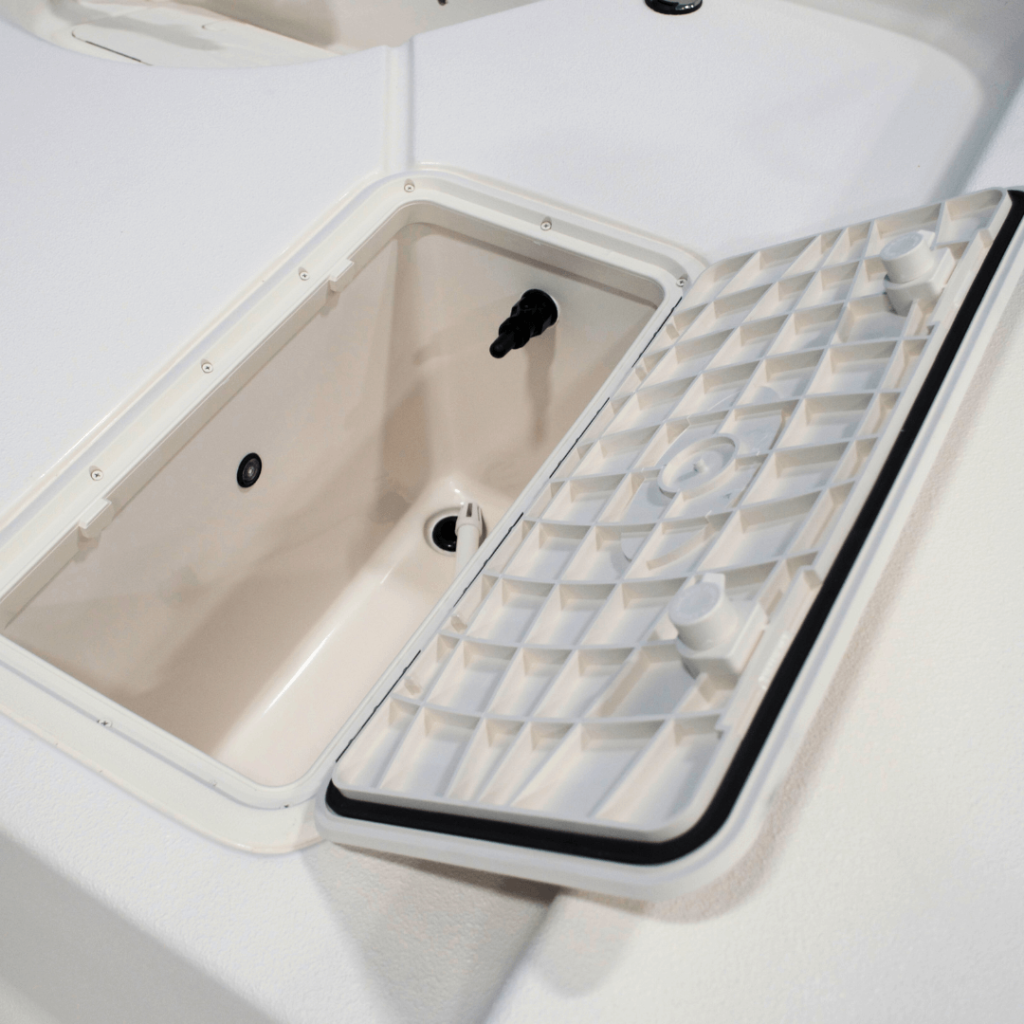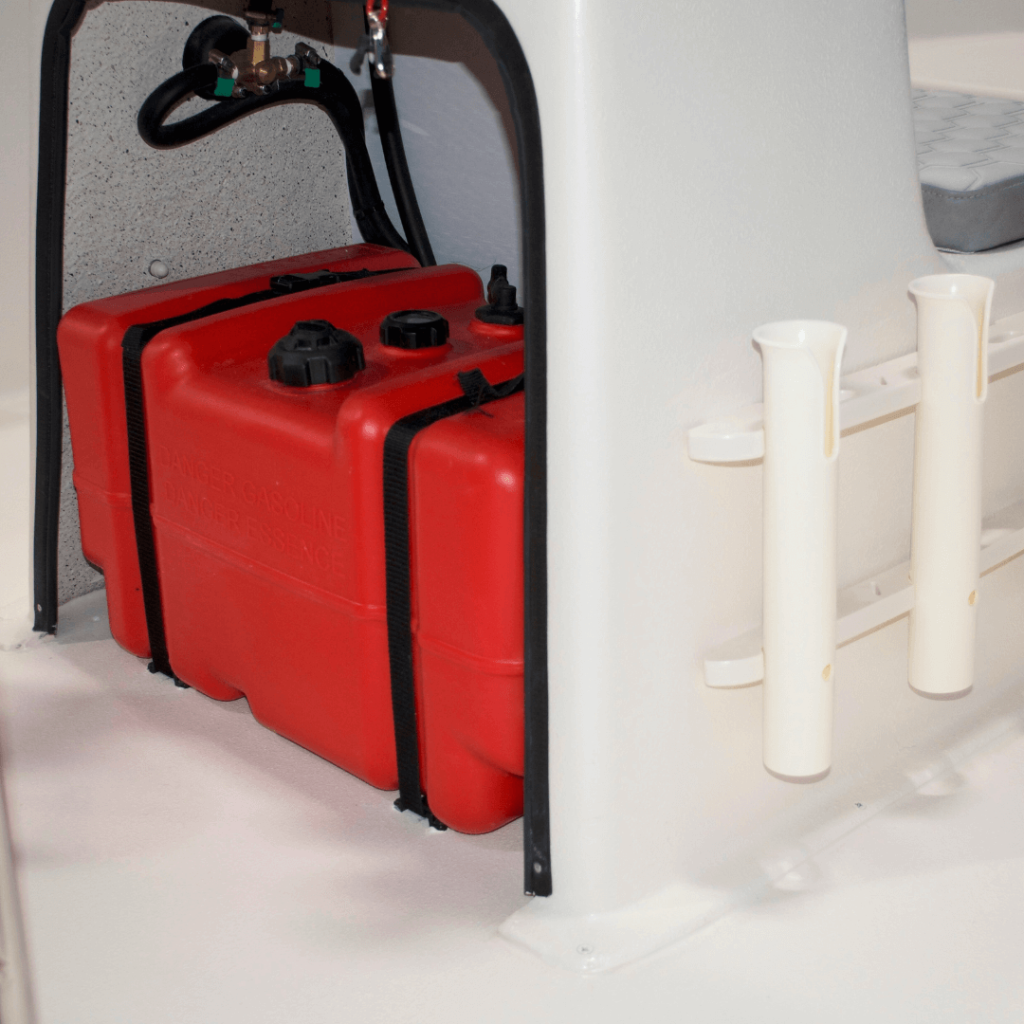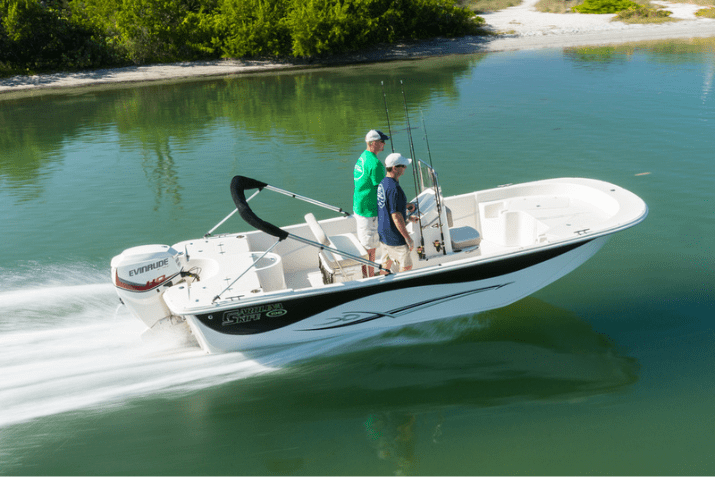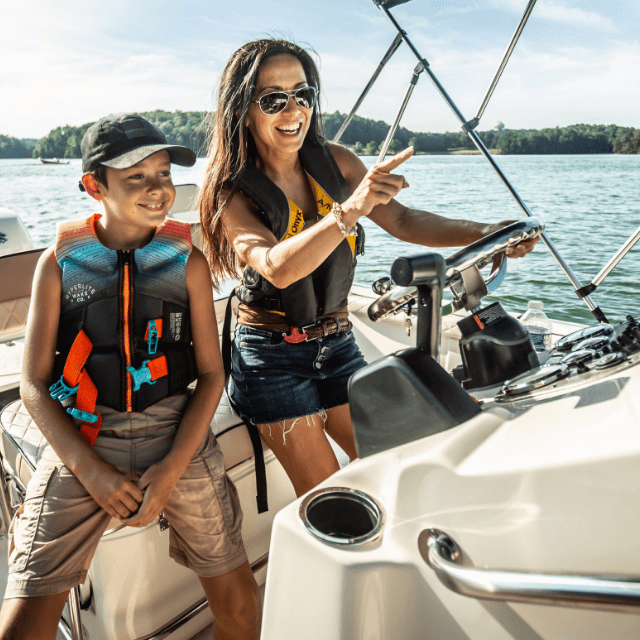Grouper are one of the tastiest fish in the ocean, and as an added bonus for anglers, they pull as hard as a John Deere tractor. They are not too difficult to find and can be caught on a variety of baits and lures. What’s not to love?

Grouper are bottom-dwellers that frequent structure or relief where they lie in wait to wolf down a passing meal. Rock piles, wrecks and artificial reefs, ledges and even cracks in the ocean floor will hold these scrappy game fish. Grouper will move around some depending on the water temperatures, but usually, they hold in certain areas with plenty of food. Preferred depths are usually 150 feet or less, but gag grouper in particular along Florida’s West Gulf coast can often be caught in water as shallow as 12 feet.
There are several different varieties of grouper, but the most common and sought are gags, red, black and scamp. The Goliath grouper is the largest of all, often reaching several hundred pounds in size. The slow-growing giants are protected, although they can be caught when targeting other species.
Medium-heavy to heavy tackle is required to work grouper out of their holes and liars. The first impulse when hooked is for the fish to retreat, so heavier line and stout gear is necessary to turn them quickly. If one does “rock” you up and it’s a stalemate, put the reel in free spool for a few minutes. With no exerted pressure the fish will sometimes swim out of the obstruction and into open water where the fight can resume.
It’s important to present the baits close to the fish to trigger strikes. Anchor off a wreck or waypoint and let more anchor line out to achieve optimum positioning. Clanging the anchor on top of a wreck will shut off the bite immediately. GPS-enabled trolling motors let the boat operator hold in place without physically anchoring for a quieter and quicker approach.
Fresh cut bait and squid will entice grouper into eating. These baits are used on slip weight or dropper rigs sized according to the depth. Adding “meat” to a heavy bucktail jig is another option. Live baits are usually used after trying the dead offerings first. PInfish, squirrelfish, small grunts and cigar minnows top the list of live grouper baits. Bucktail jigs fished plain, butterfly jigs and heavy plastic swim baits also account for a good share of the catch.

Trolling is another effective way to target grouper. Large lipped diving plugs plunge into the depths, and the grouper will come off the structure to attack them. A tight drag is necessary, but the forward momentum of the boat helps pull the fish away from the structure to make landing easier.
Grouper use their air bladders for buoyancy and those caught in depths 100 feet, or greater will need to have the air bladders vented so they can re-submerge if they are to be released. There are also several kinds of fish-descender devices that lessen the impacts of barotrauma.
Grouper are powerful fish with sharp teeth, so careful handling is necessary. Icing the catch down immediately will also keep the delicious flesh firm and flaky for the grill or oven.
Carolina Skiff’s Ultra Elite Series, like the 24 Ultra Elite, is well-suited for grouper diggin’ offshore. With an overall length of nearly 24 feet, stable beam and higher freeboard, it can handle the seas safely and comfortably. With a 78-gallon fuel capacity and a maximum horsepower rating of 250, it offers more than enough range and speed to locate the big ones.
With plenty of rod storage, padded coaming bolsters and a 20-gallon baitwell standard features, the 24 Ultra Elite is well-equipped for grouper duty no matter where you fish.
See the full line of Carolina Skiff and Sea Chaser boats at carolinaskiff.com. With 60 different options and models, you can use the Build A Boatfeature. On the website, you can find a dealer, request a catalog and more. Check out the loyal following of Carolina Skiff fans and owners on Facebook.








